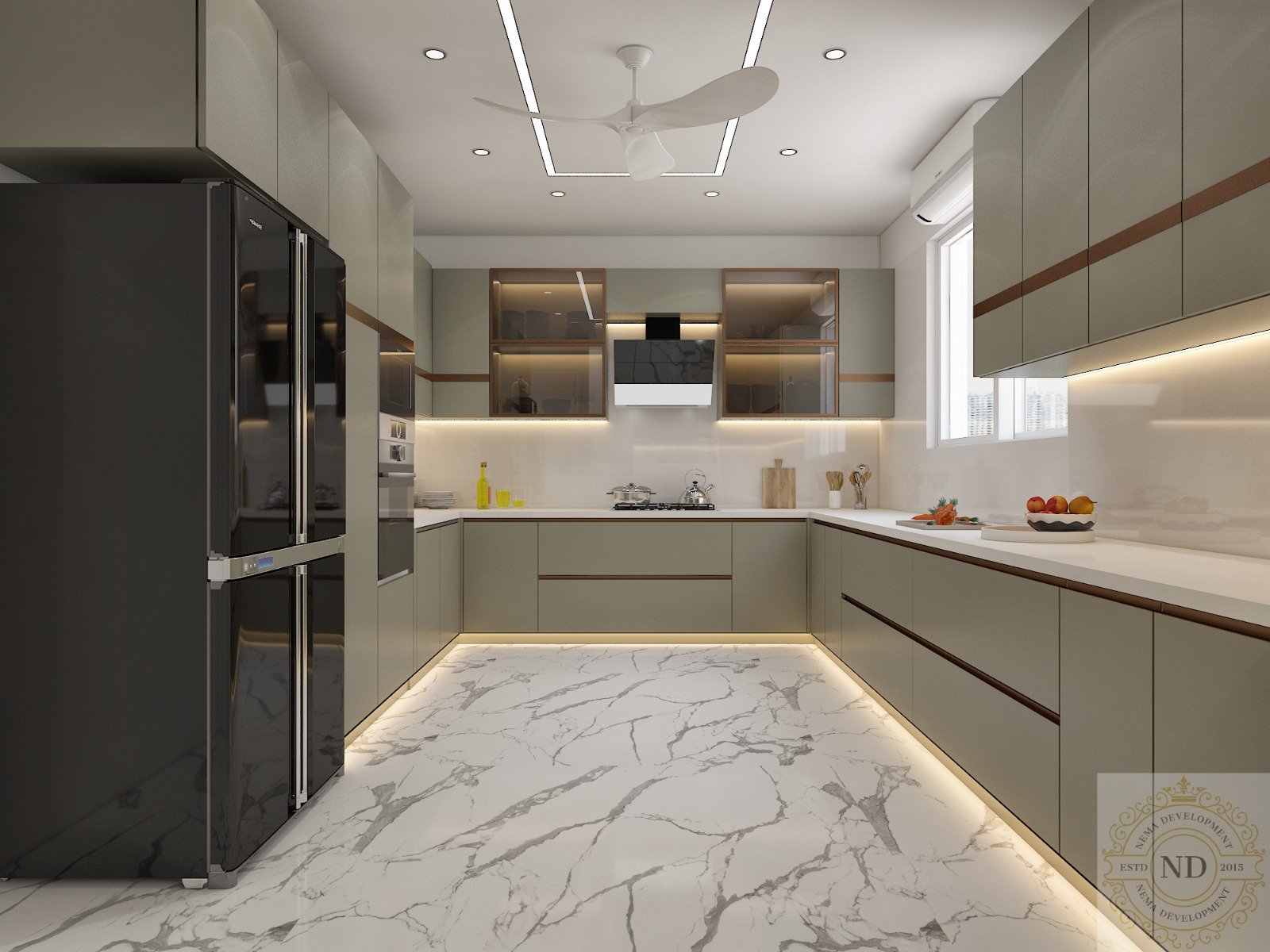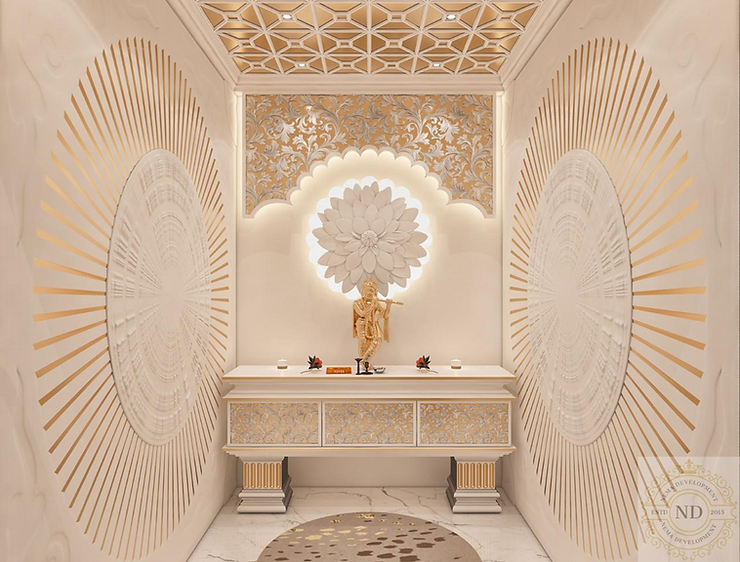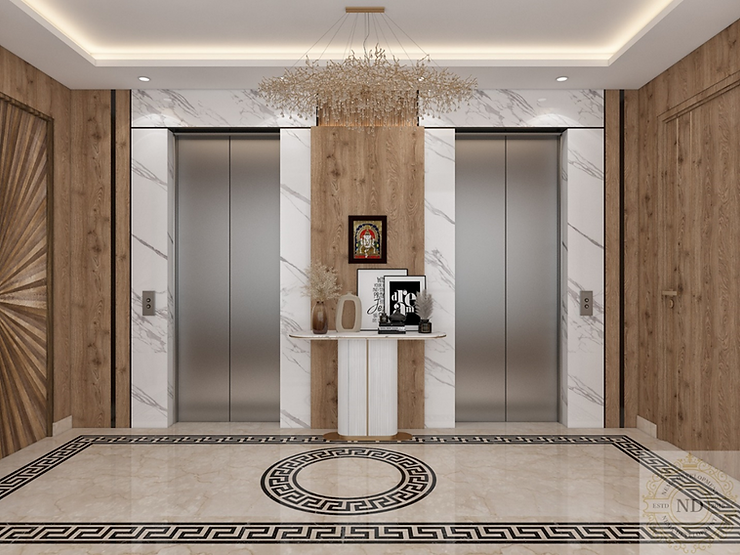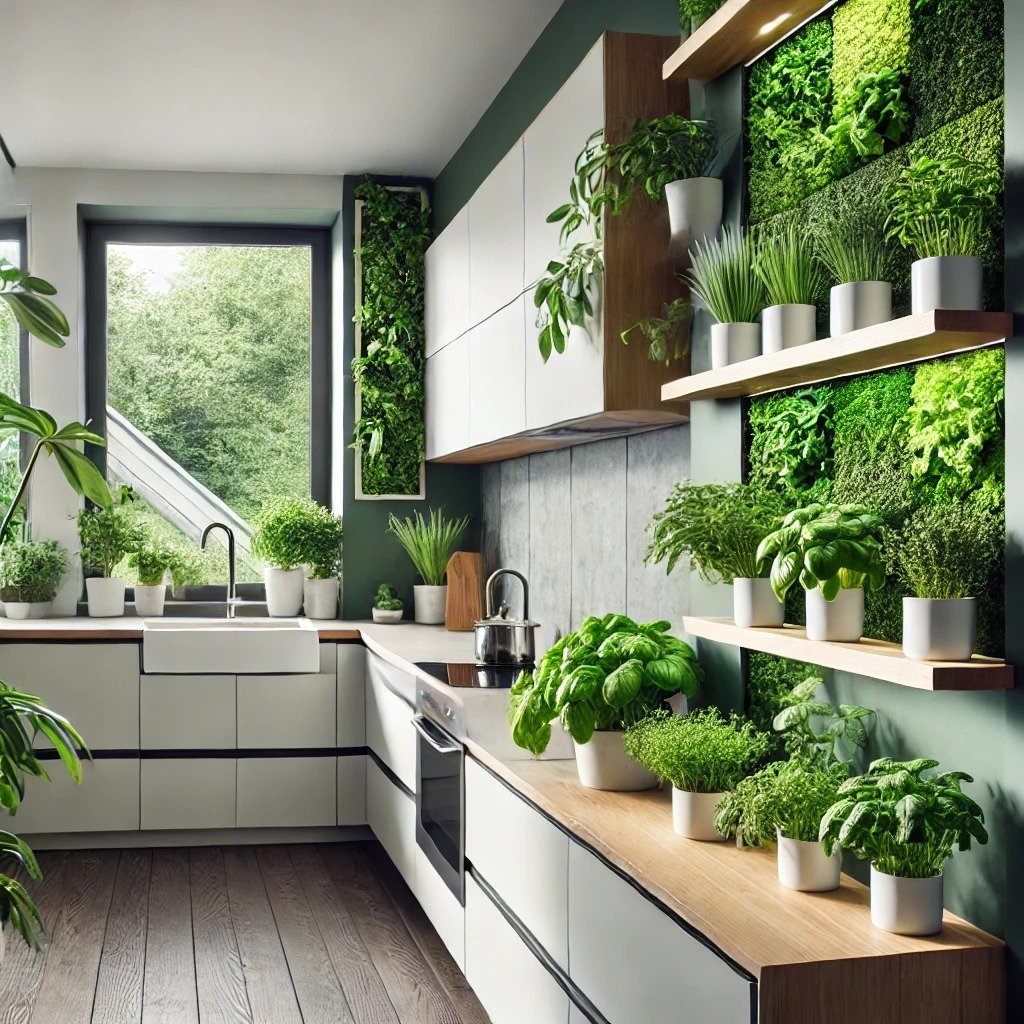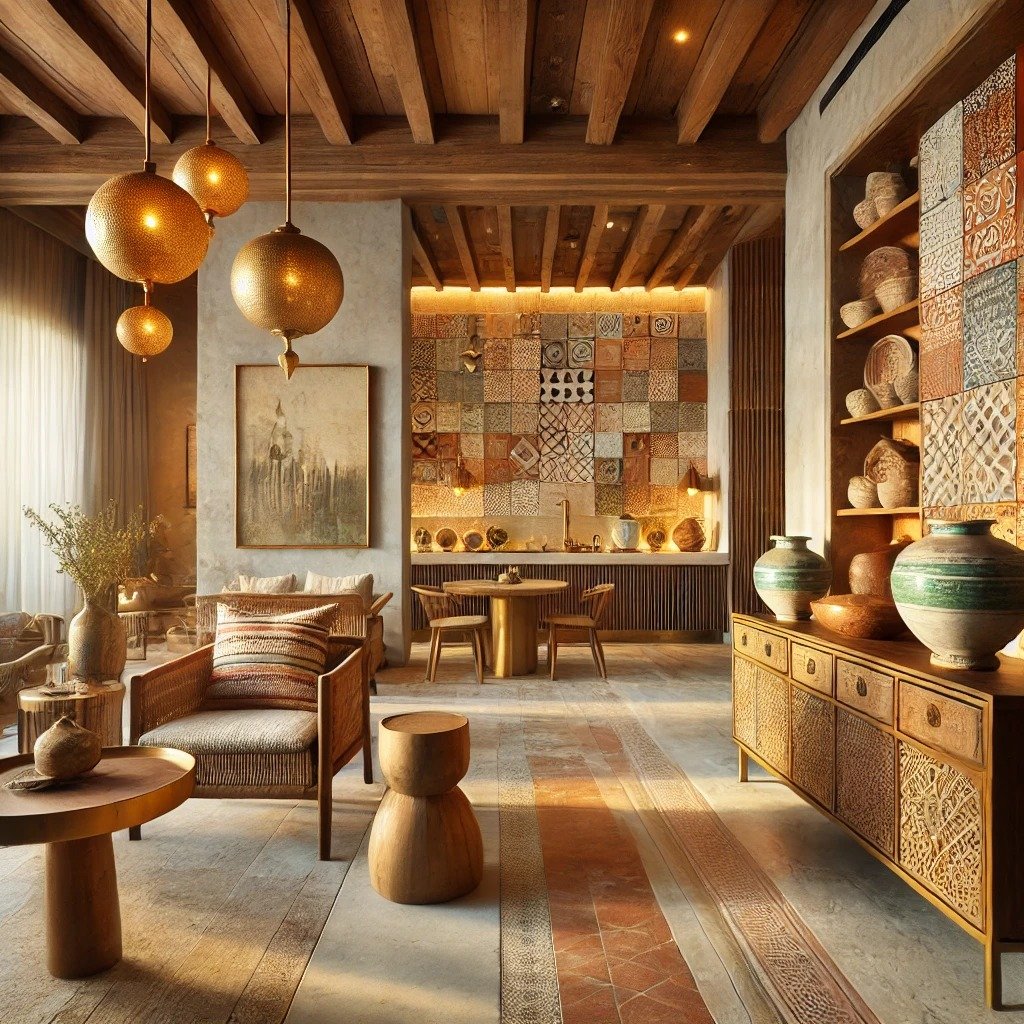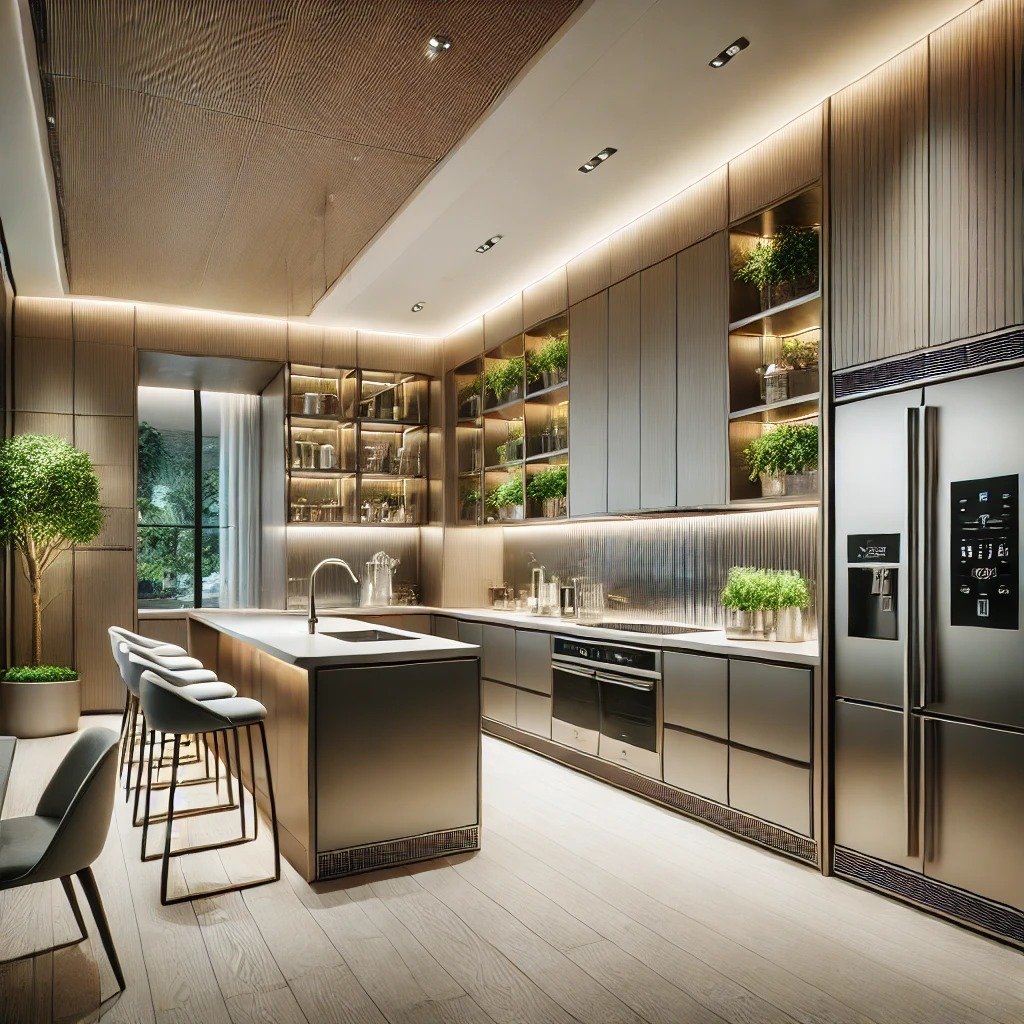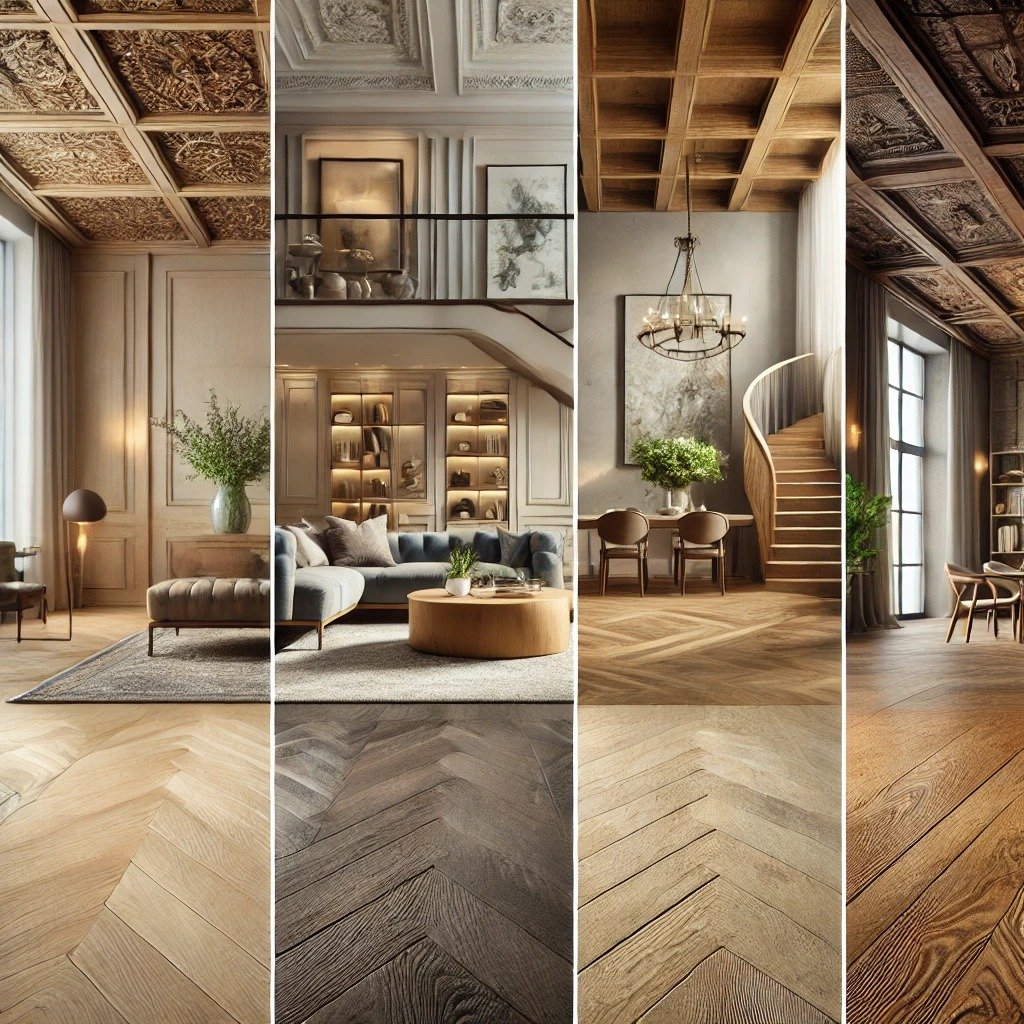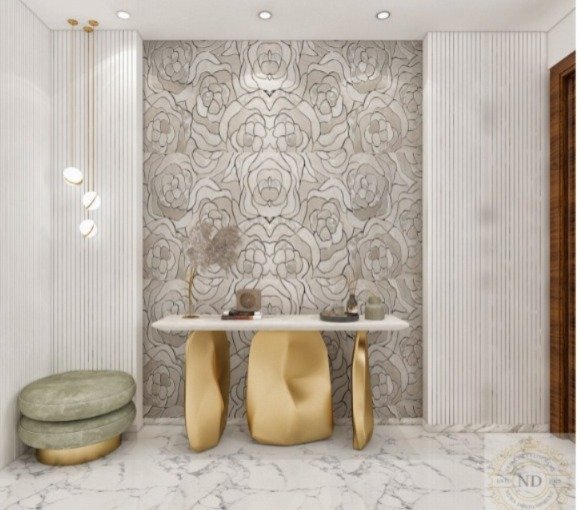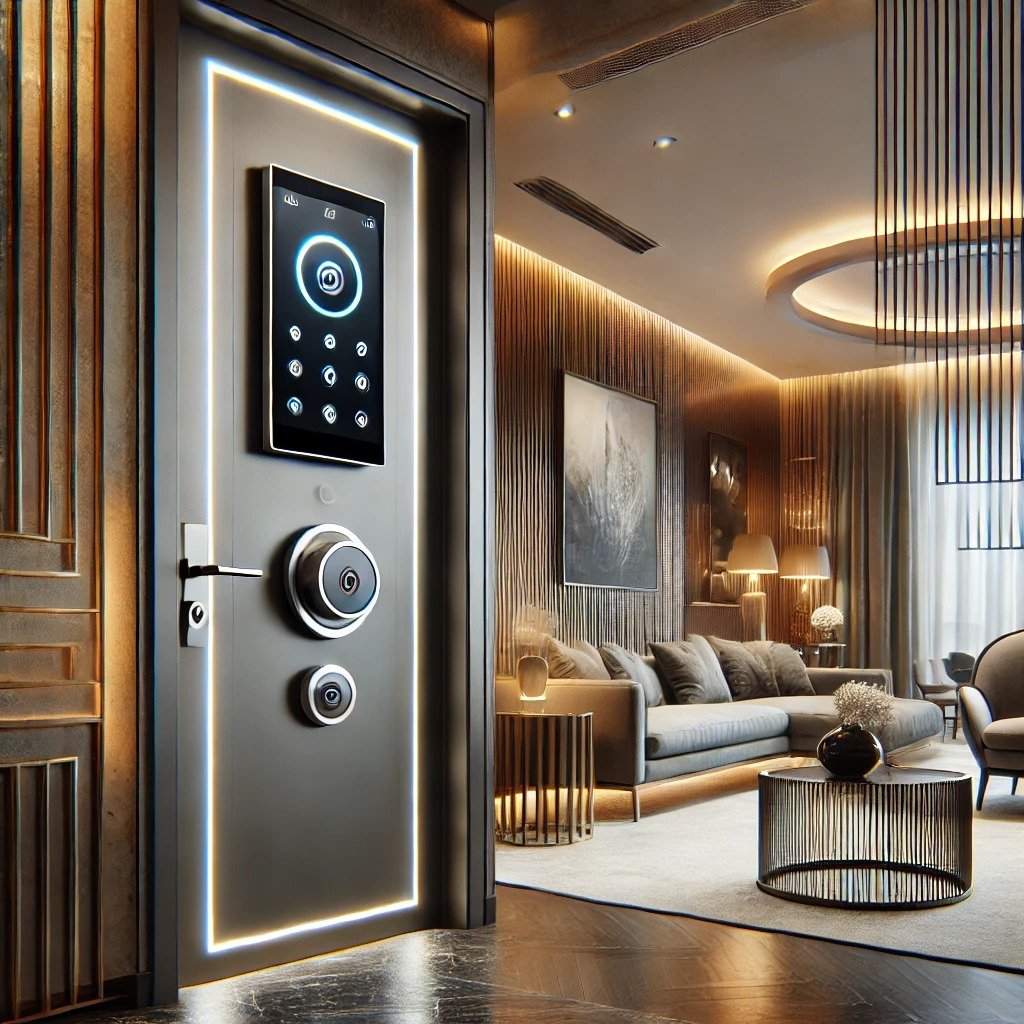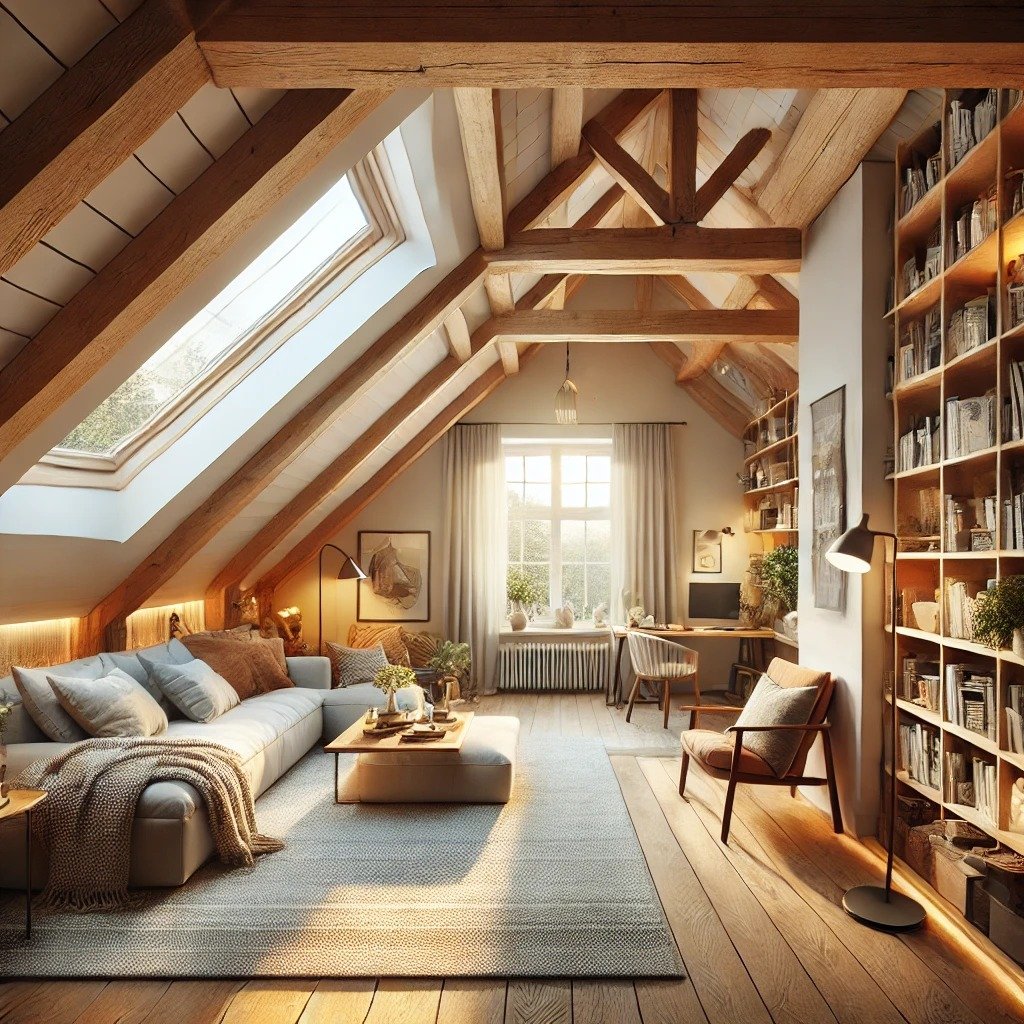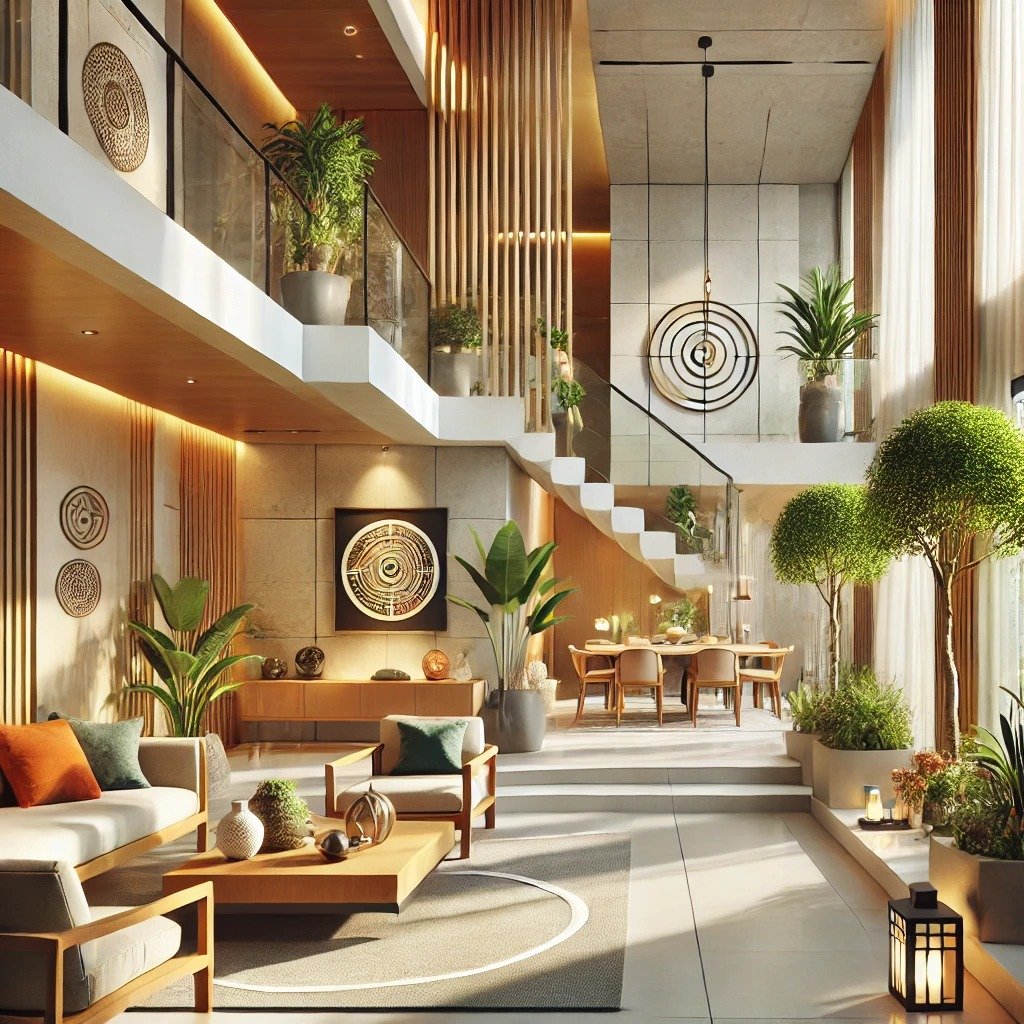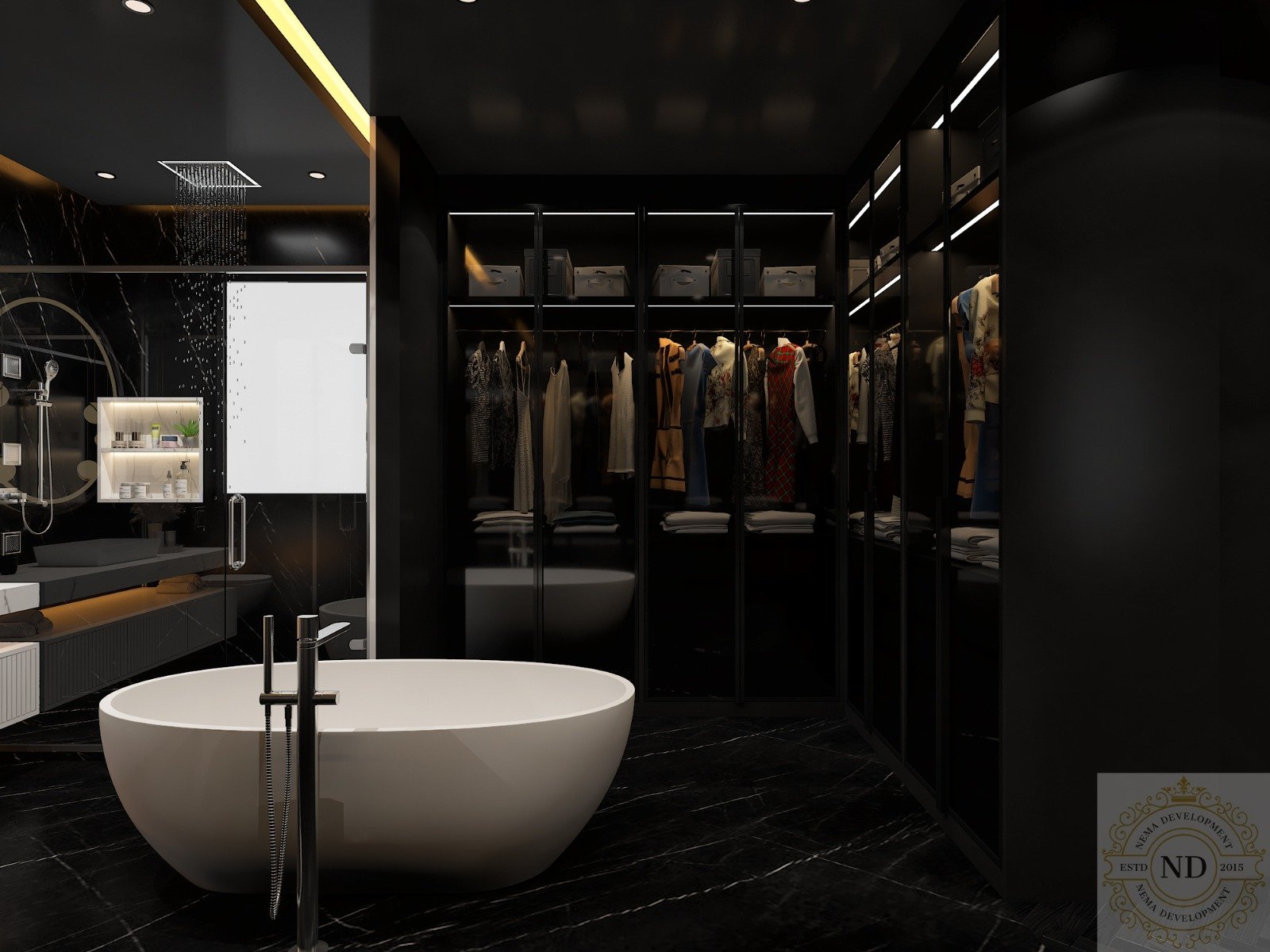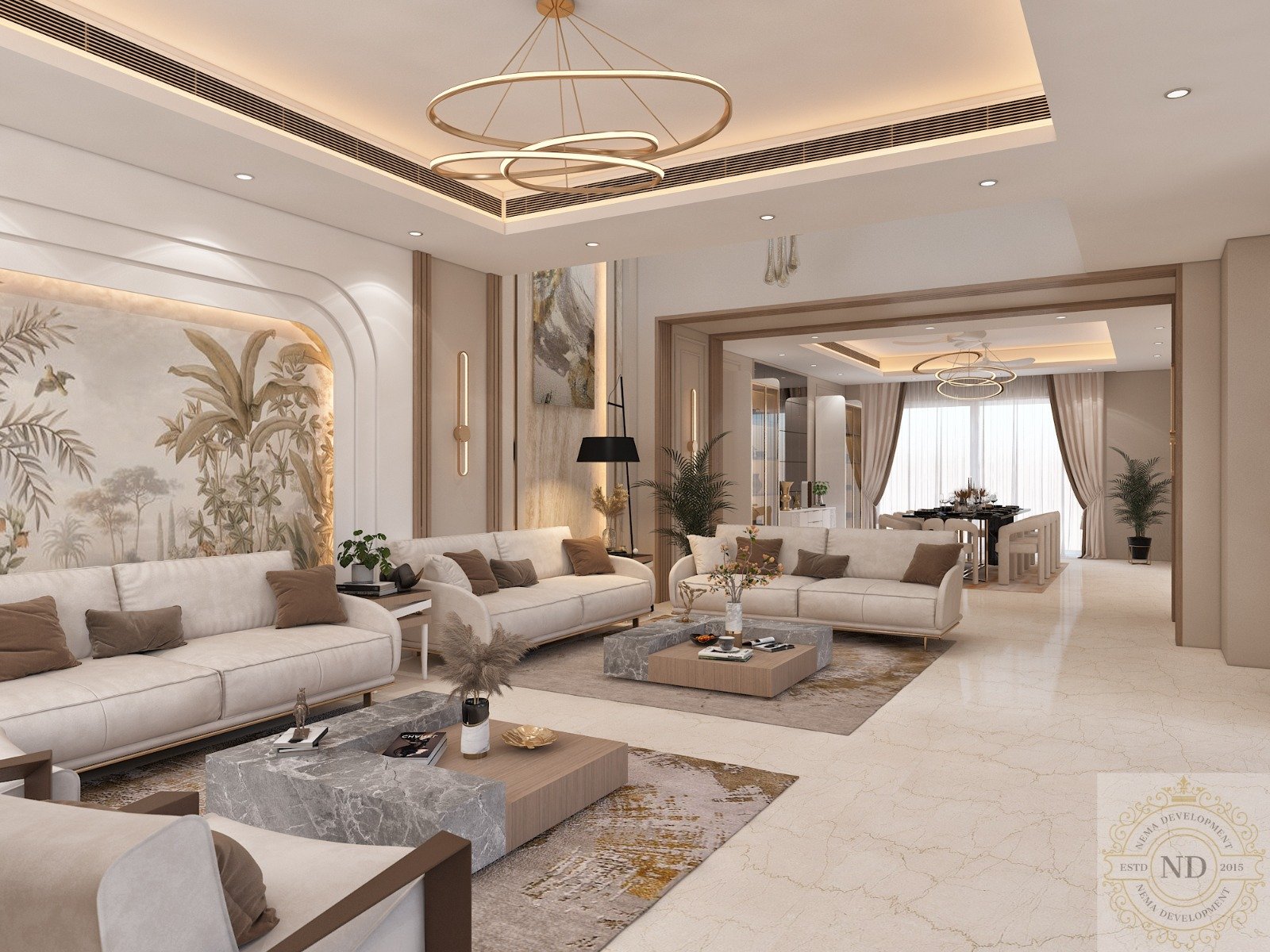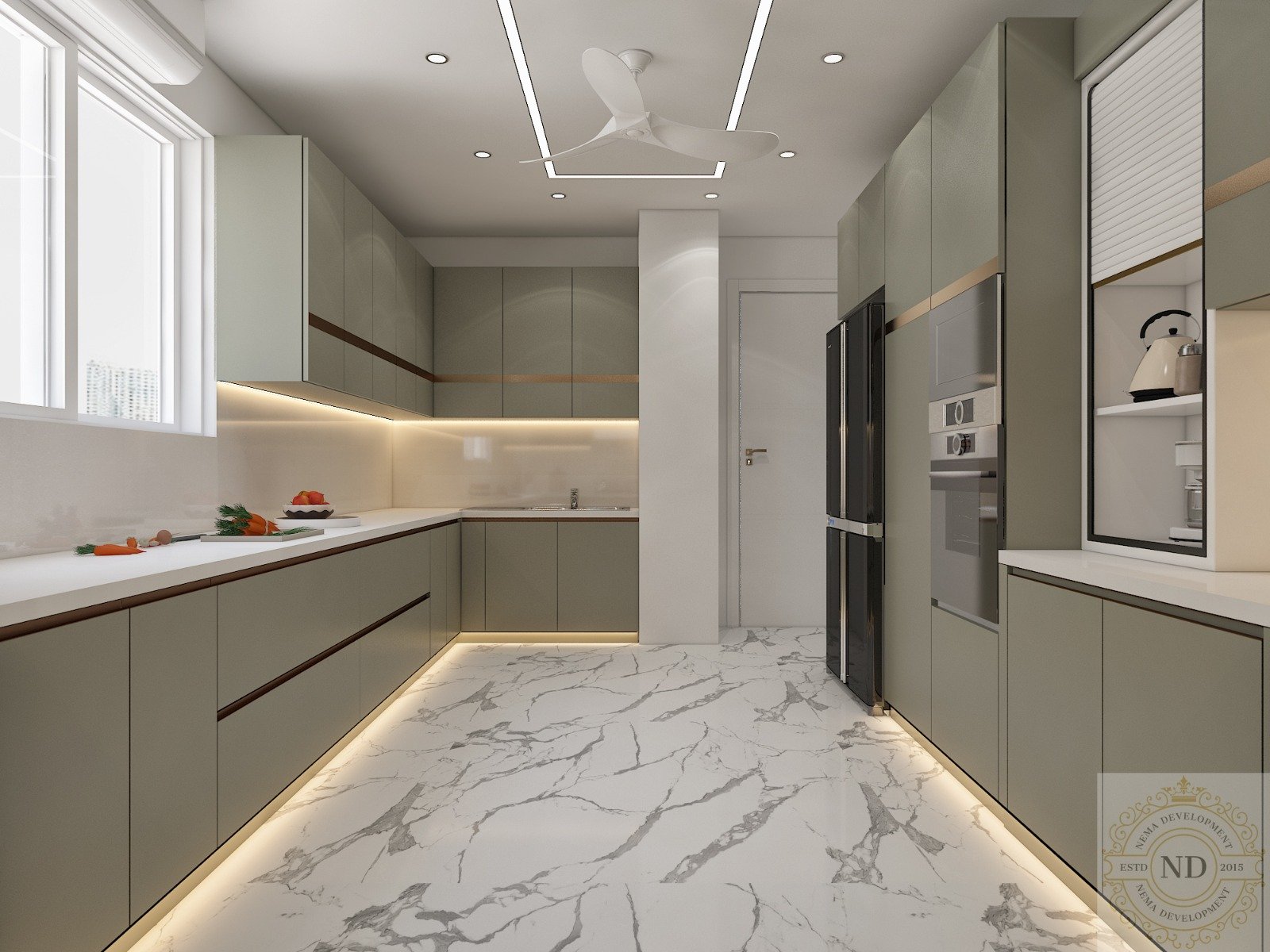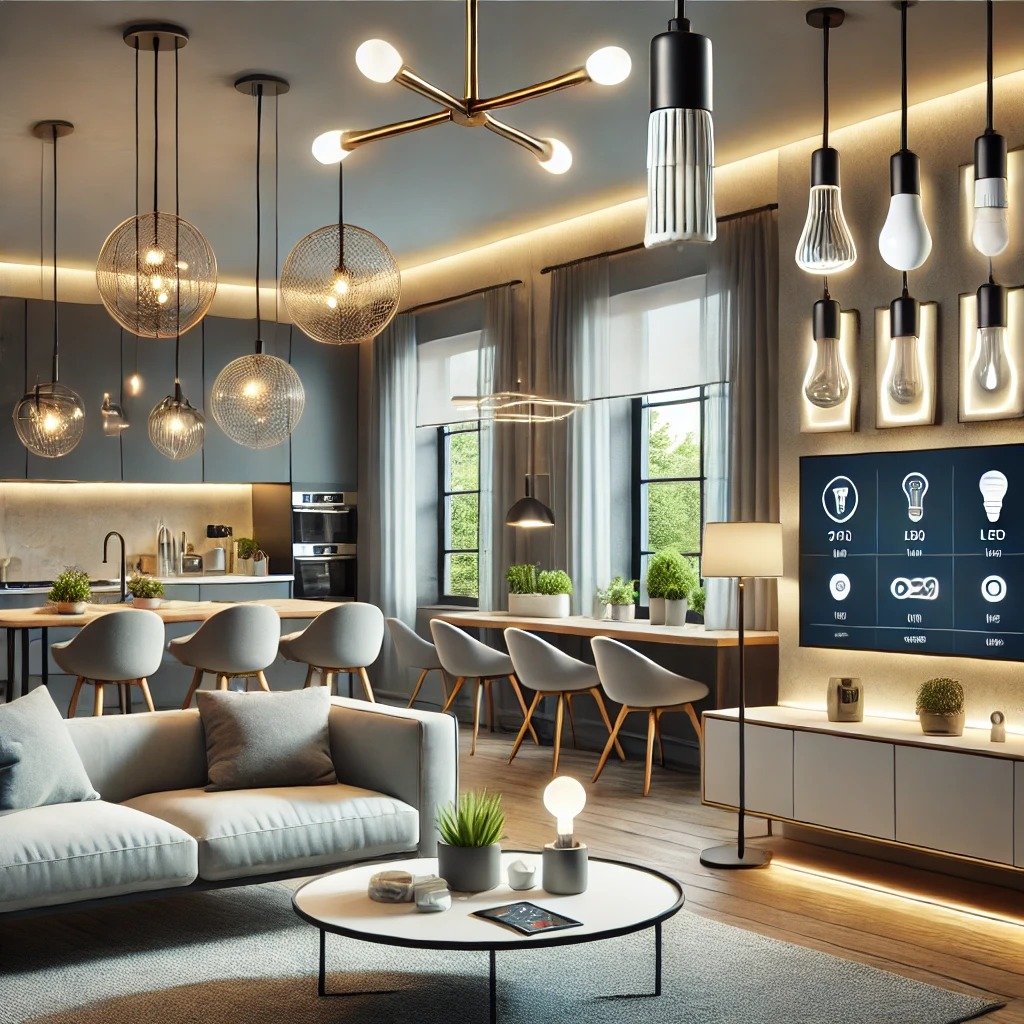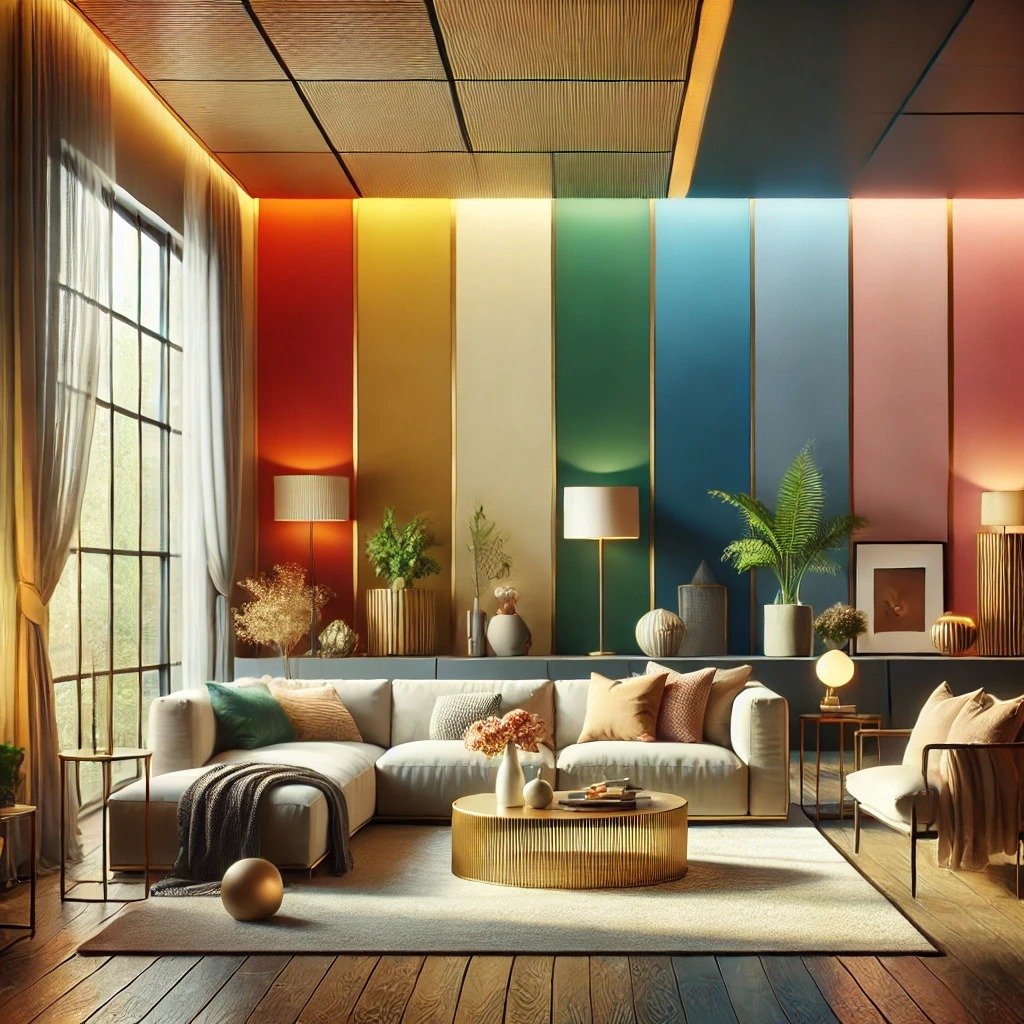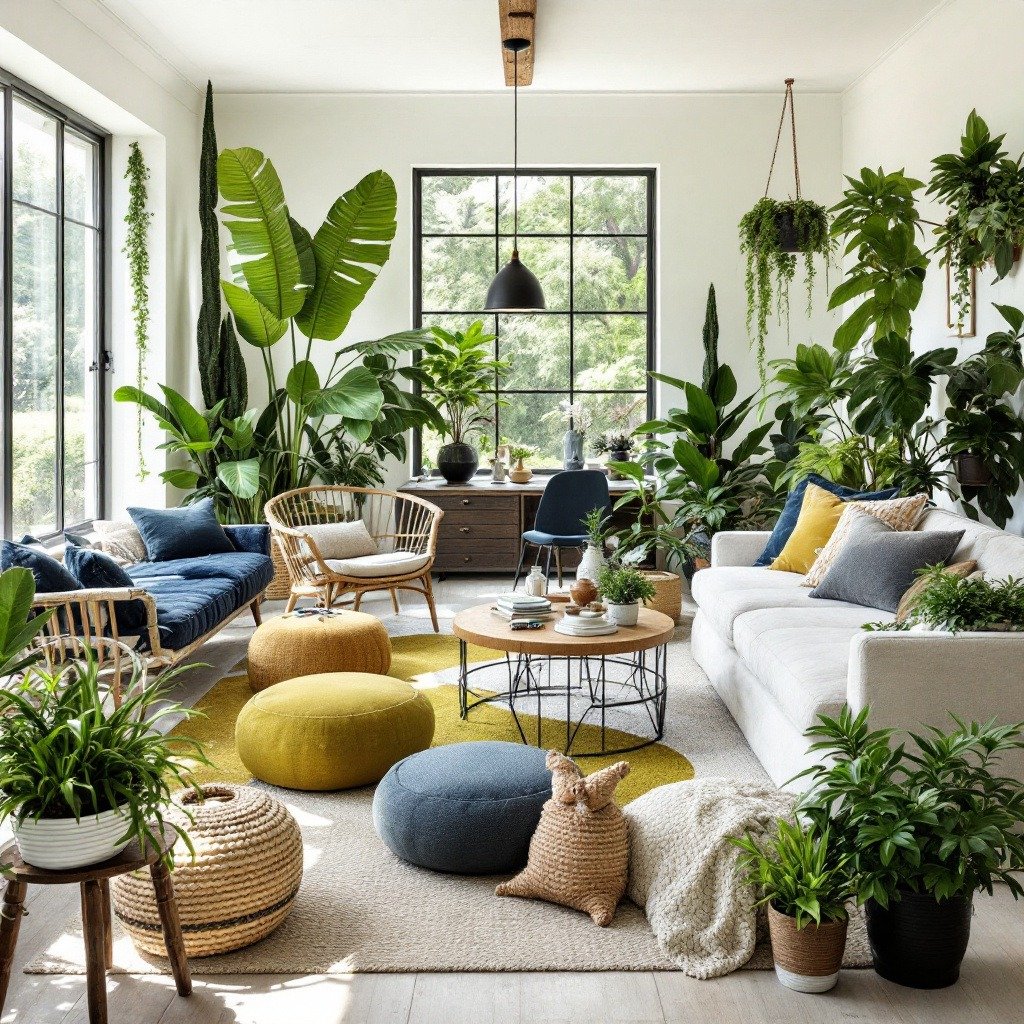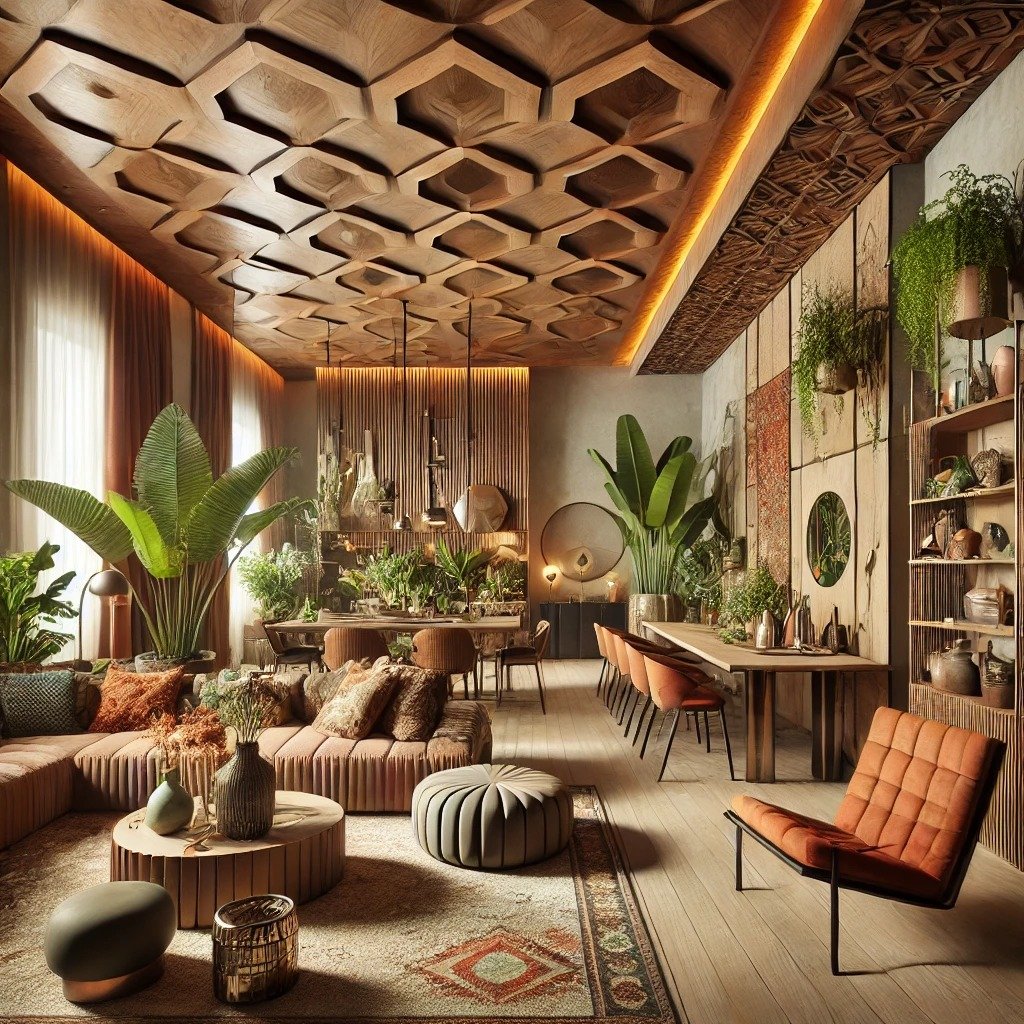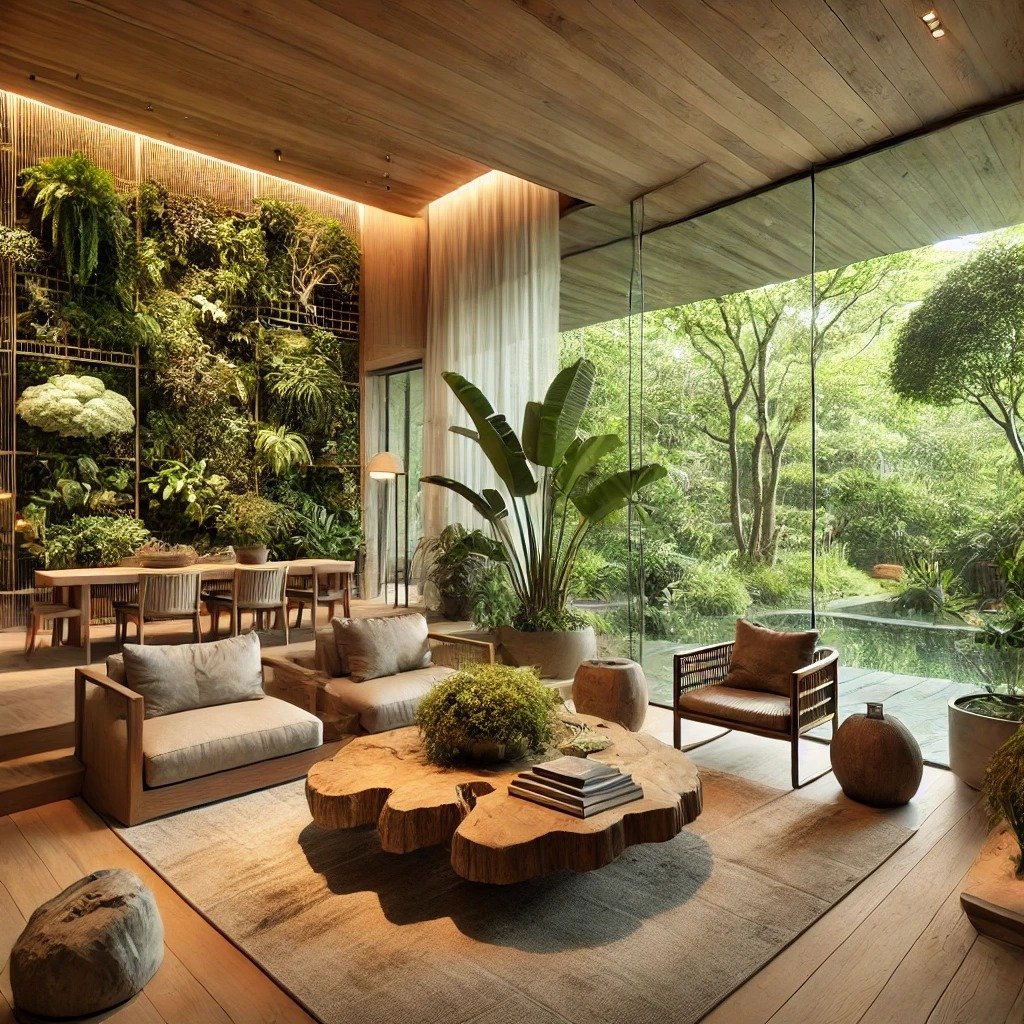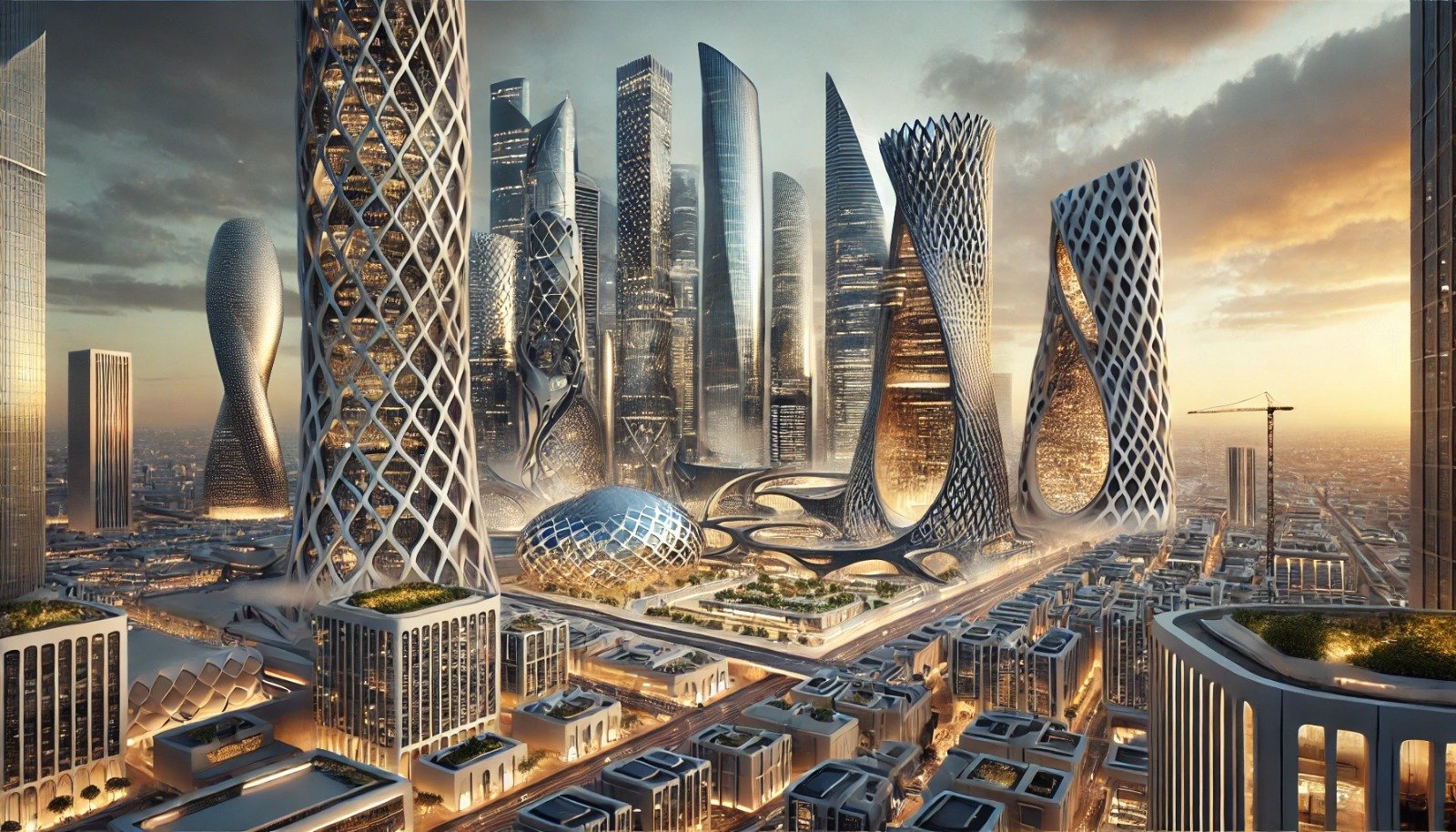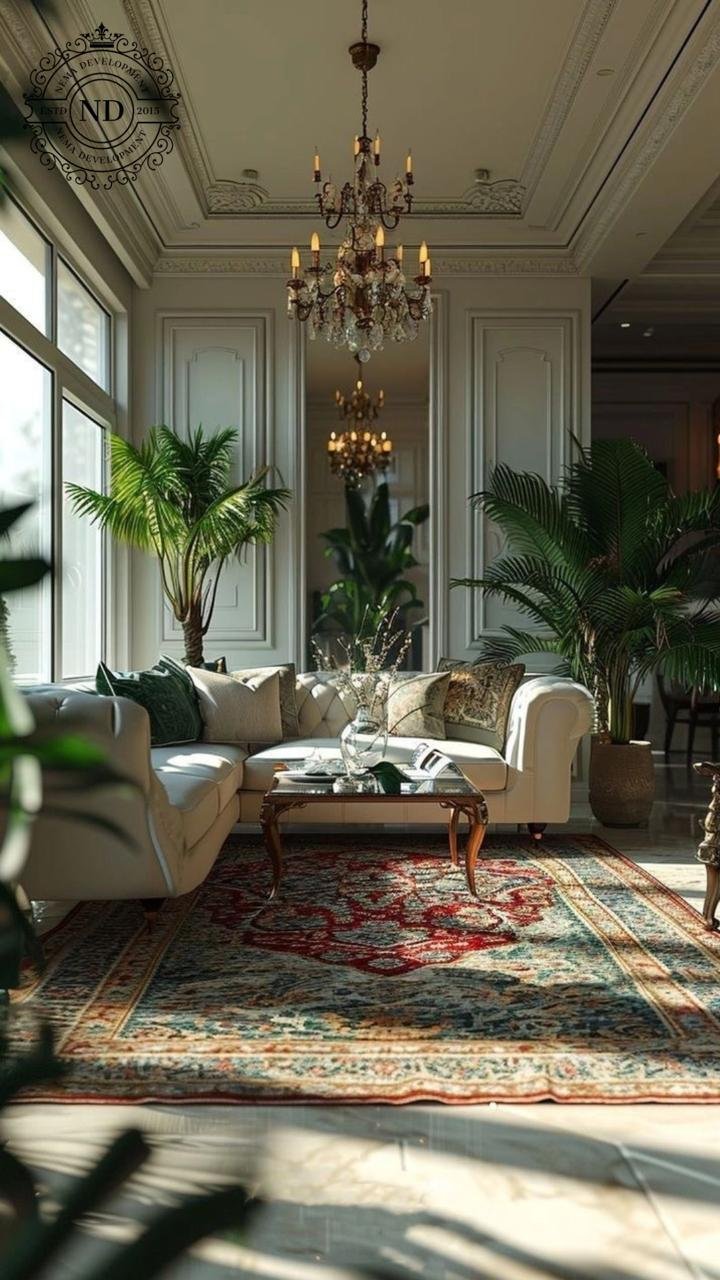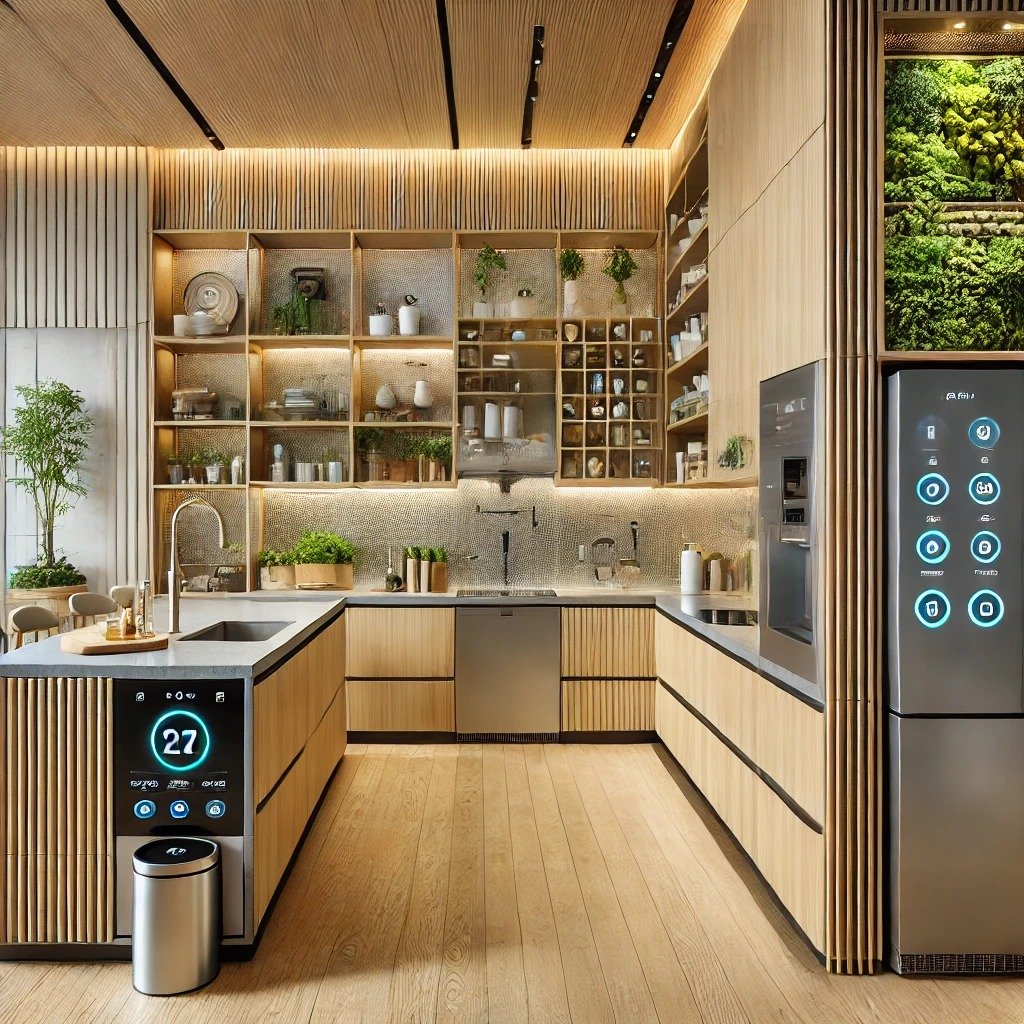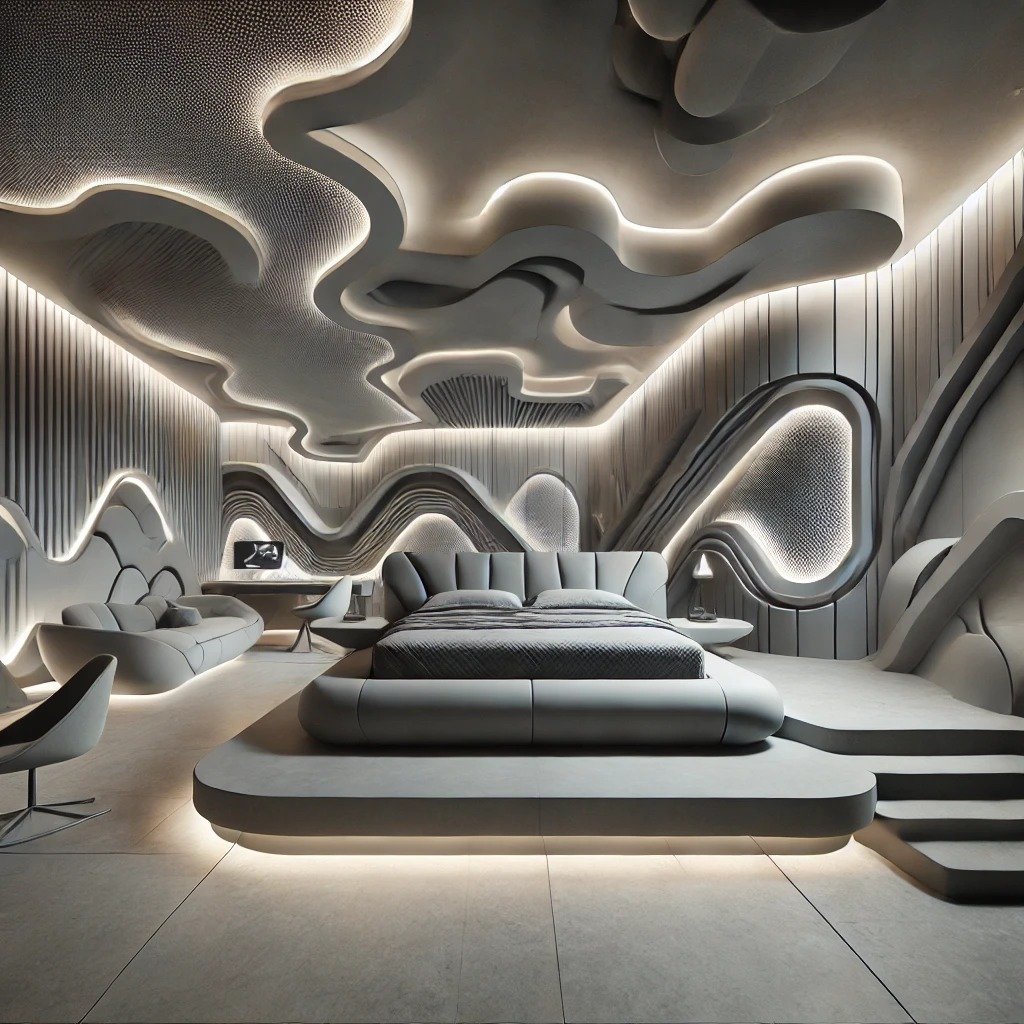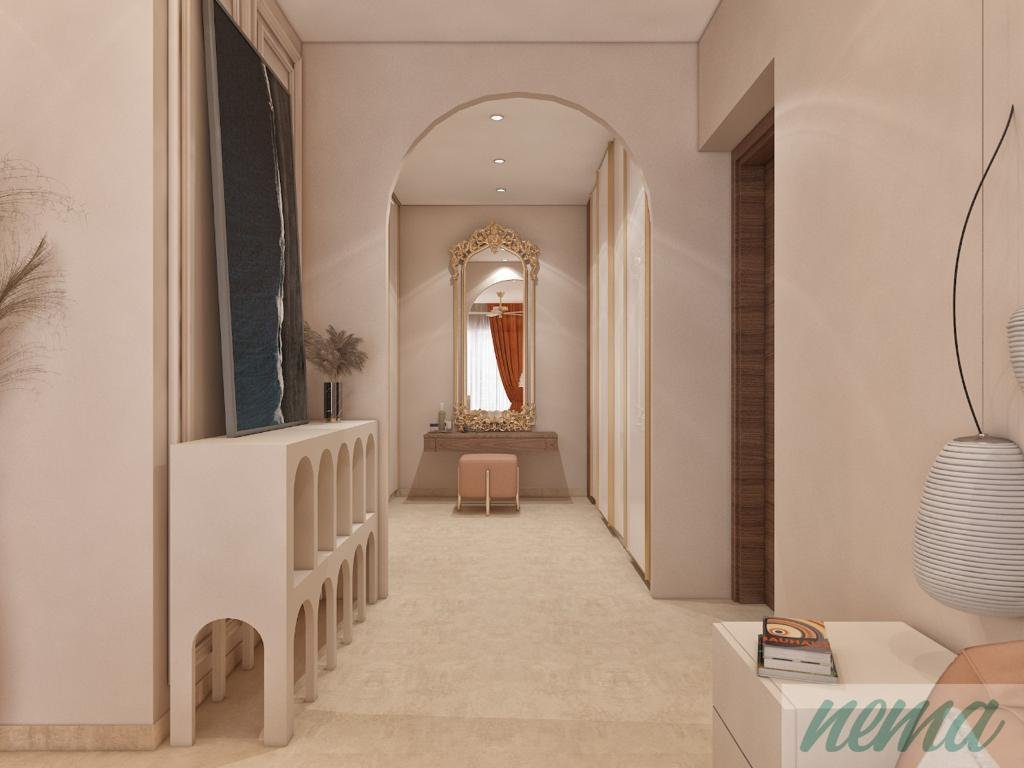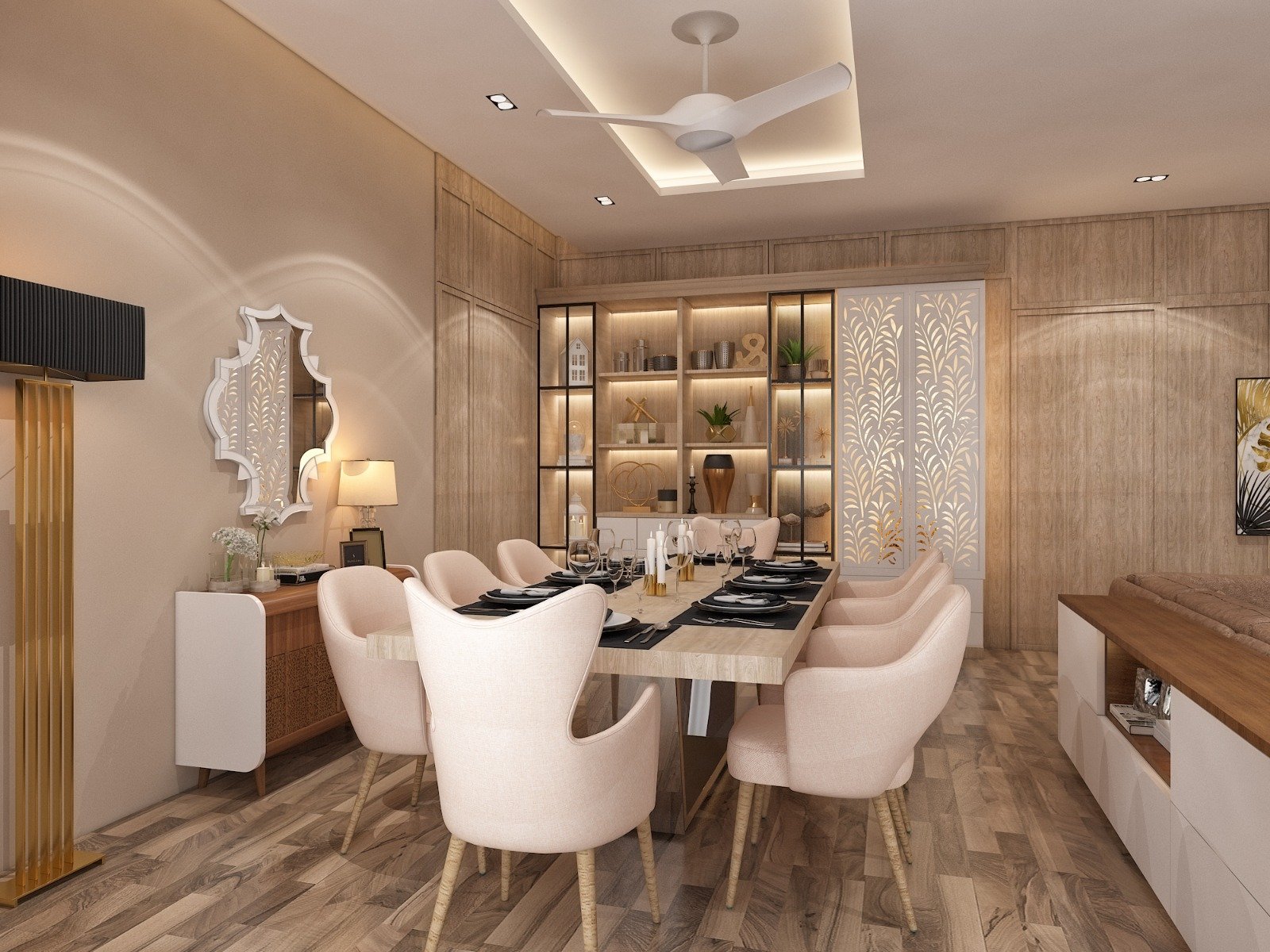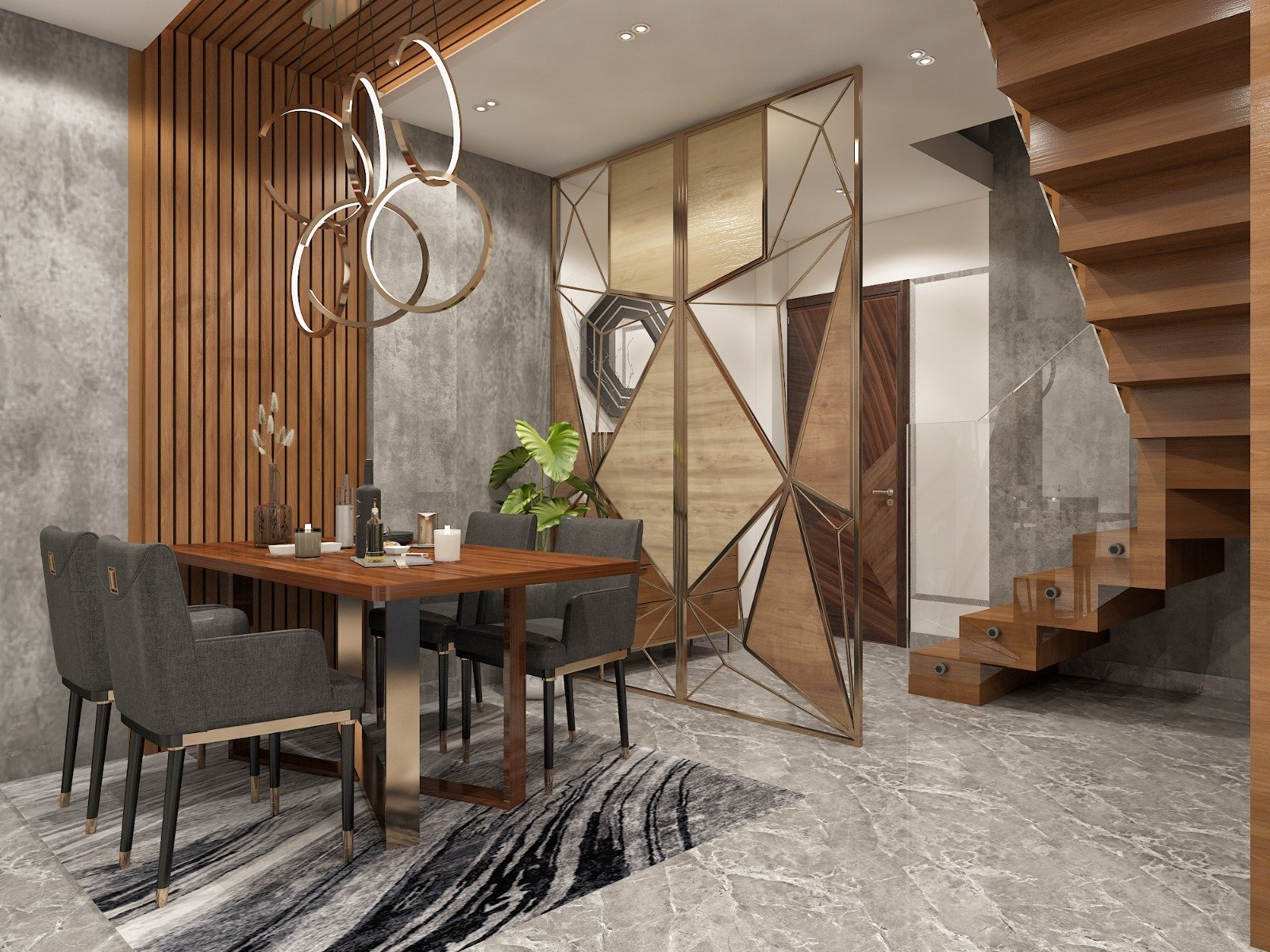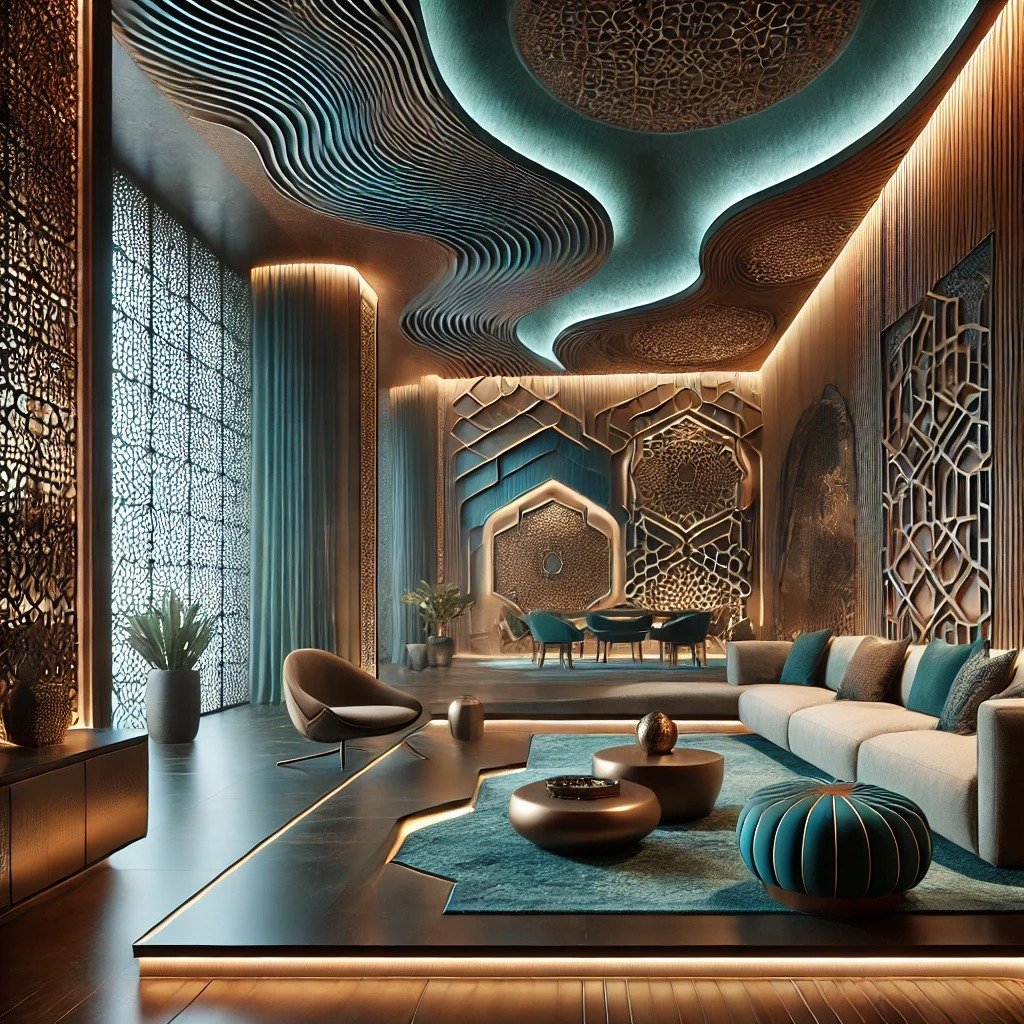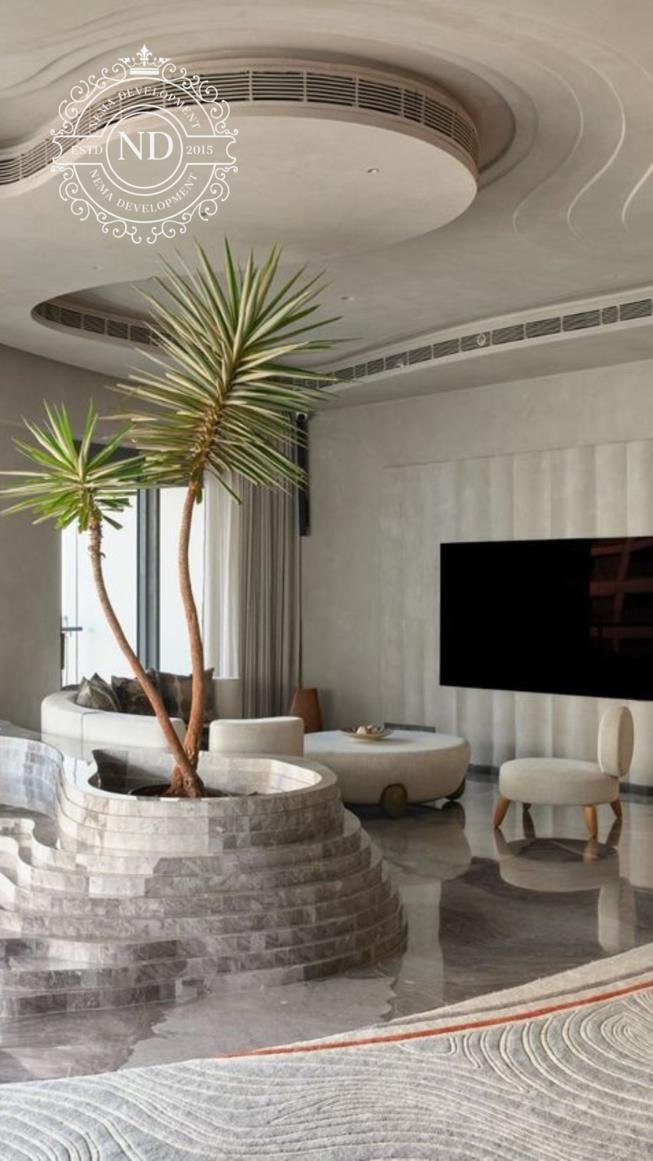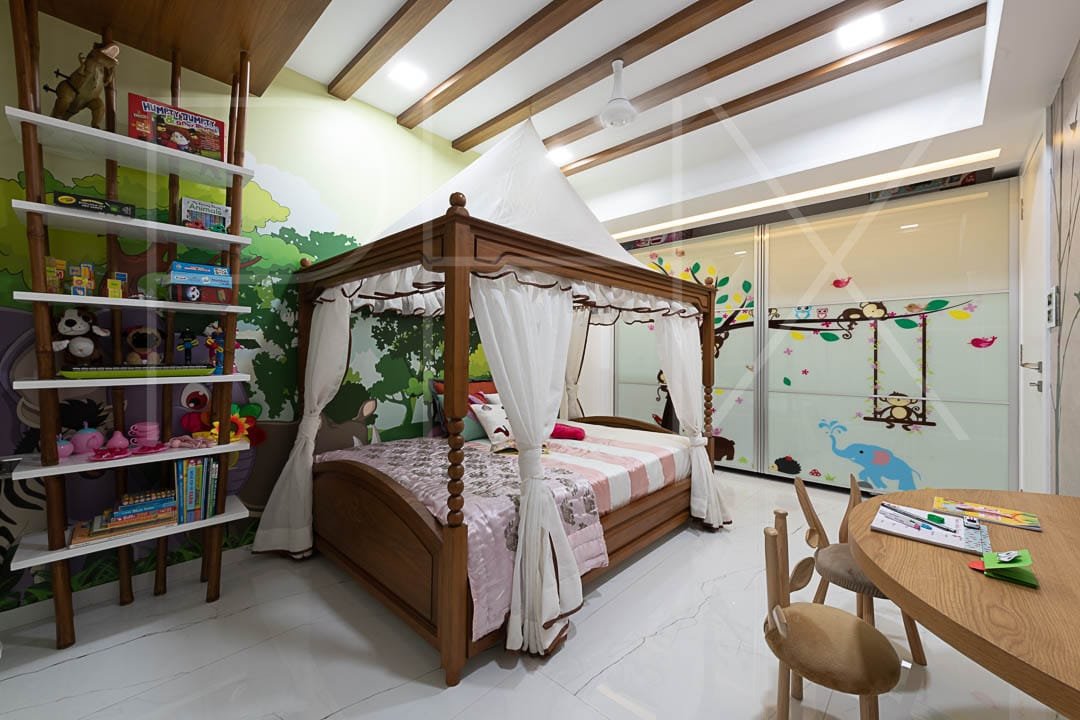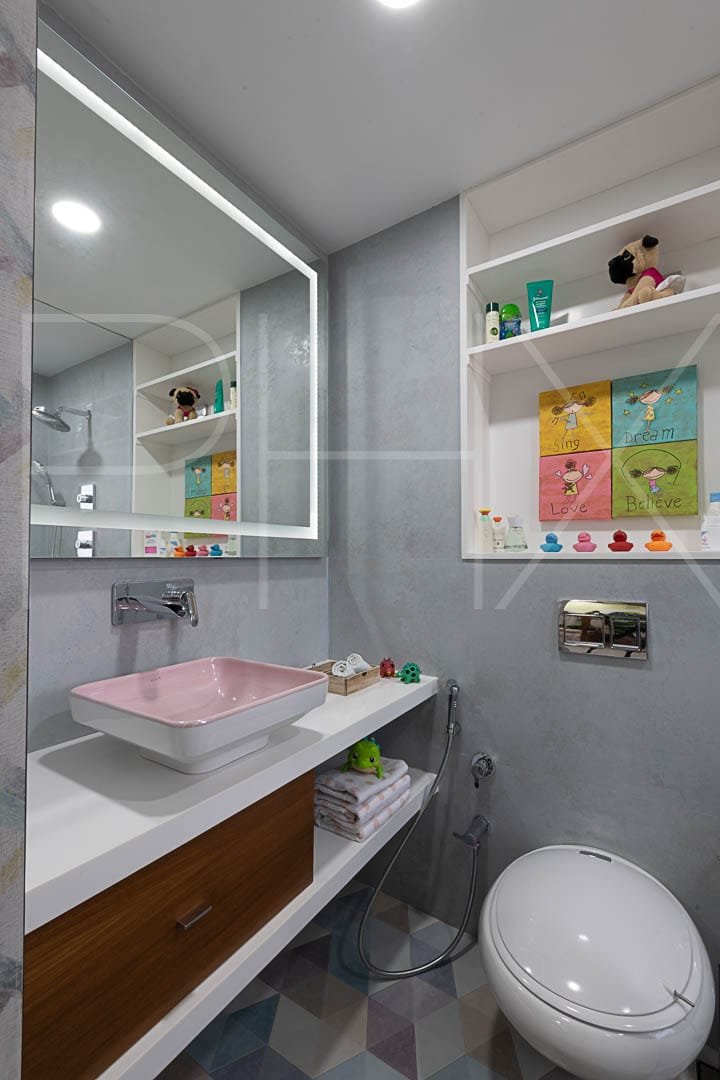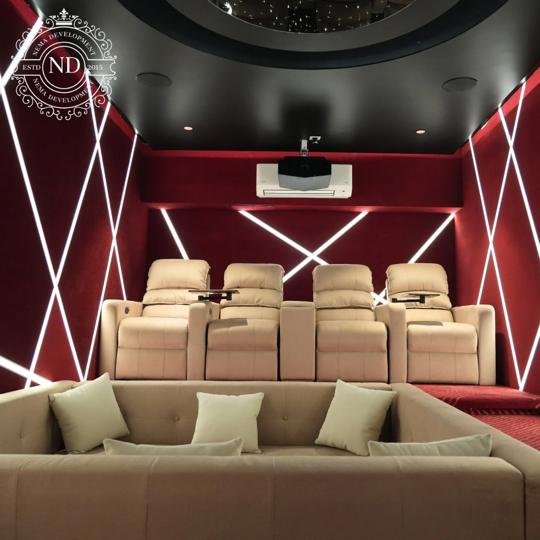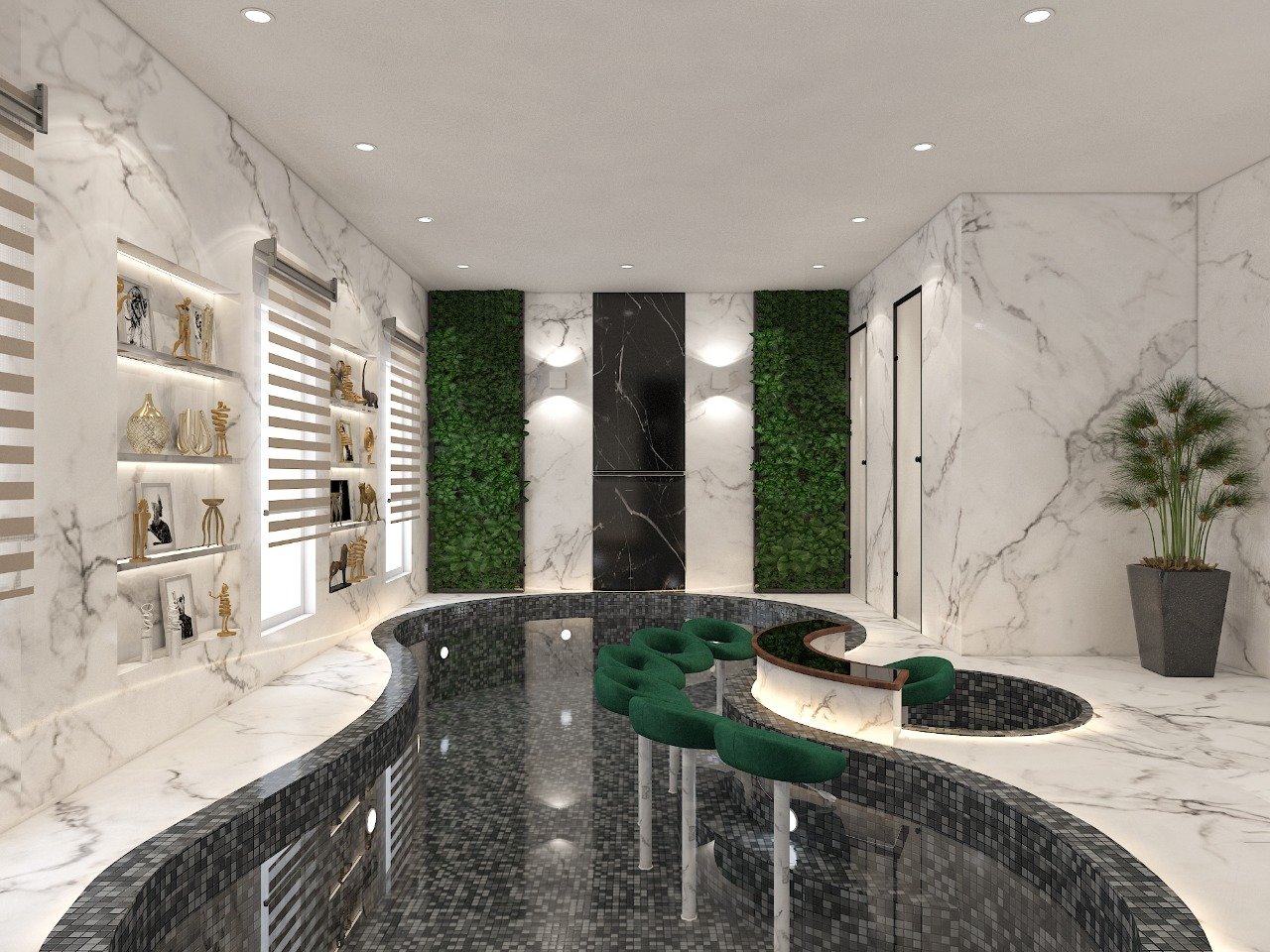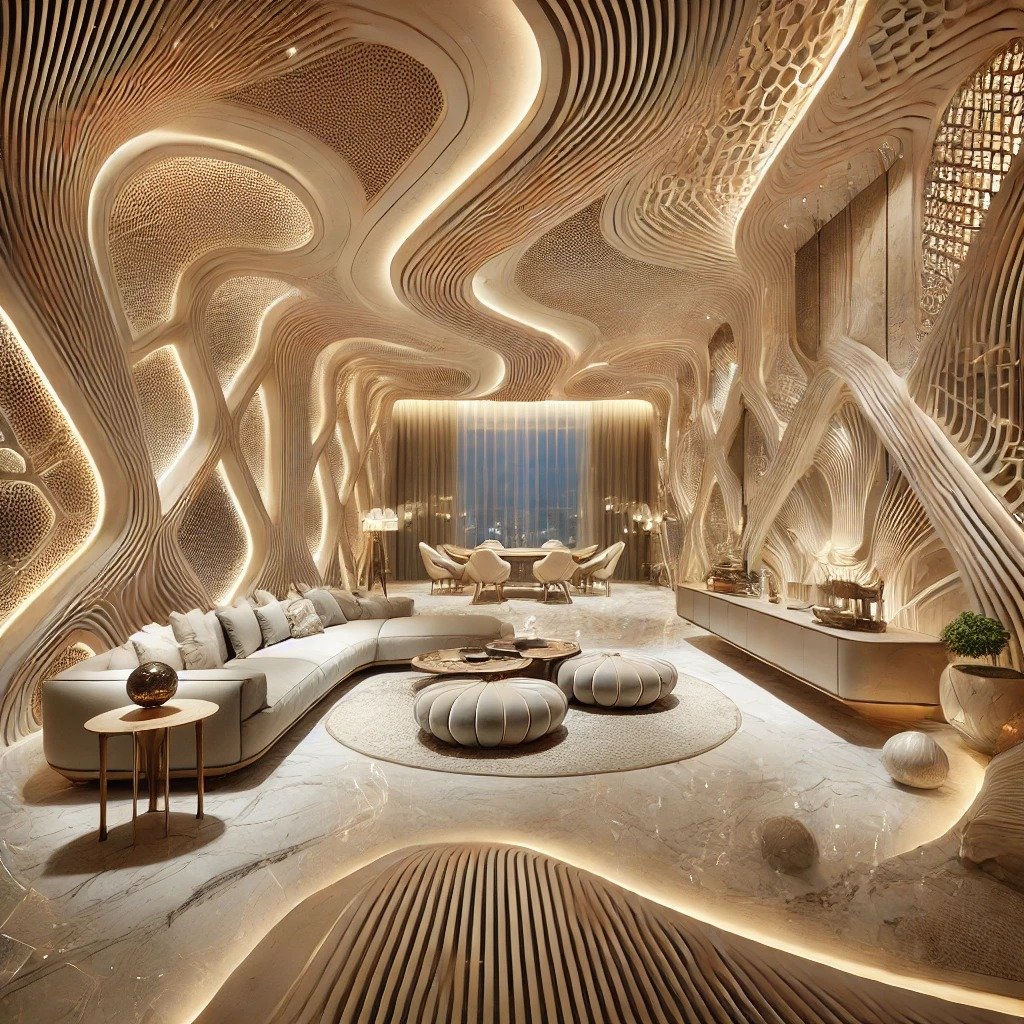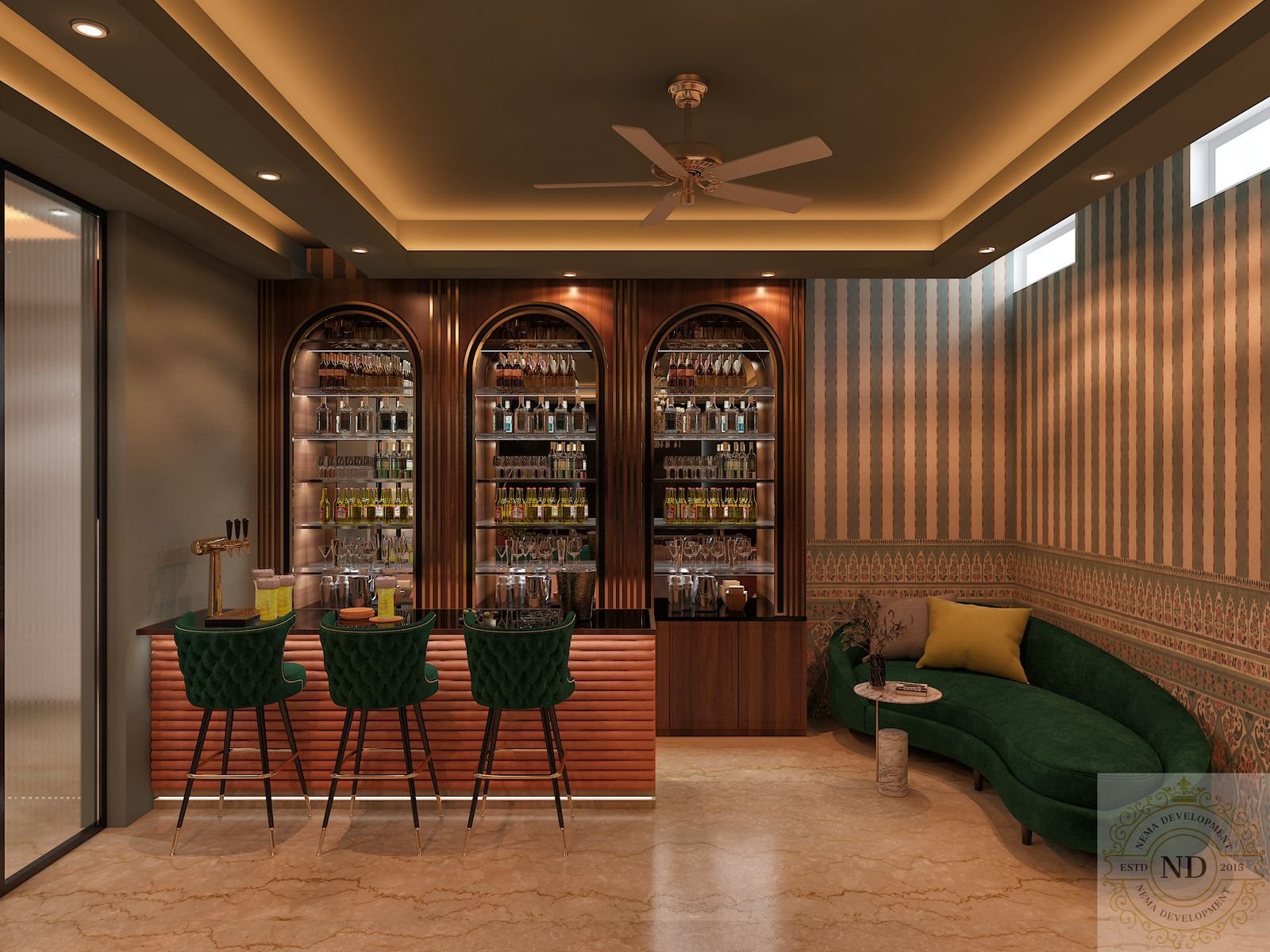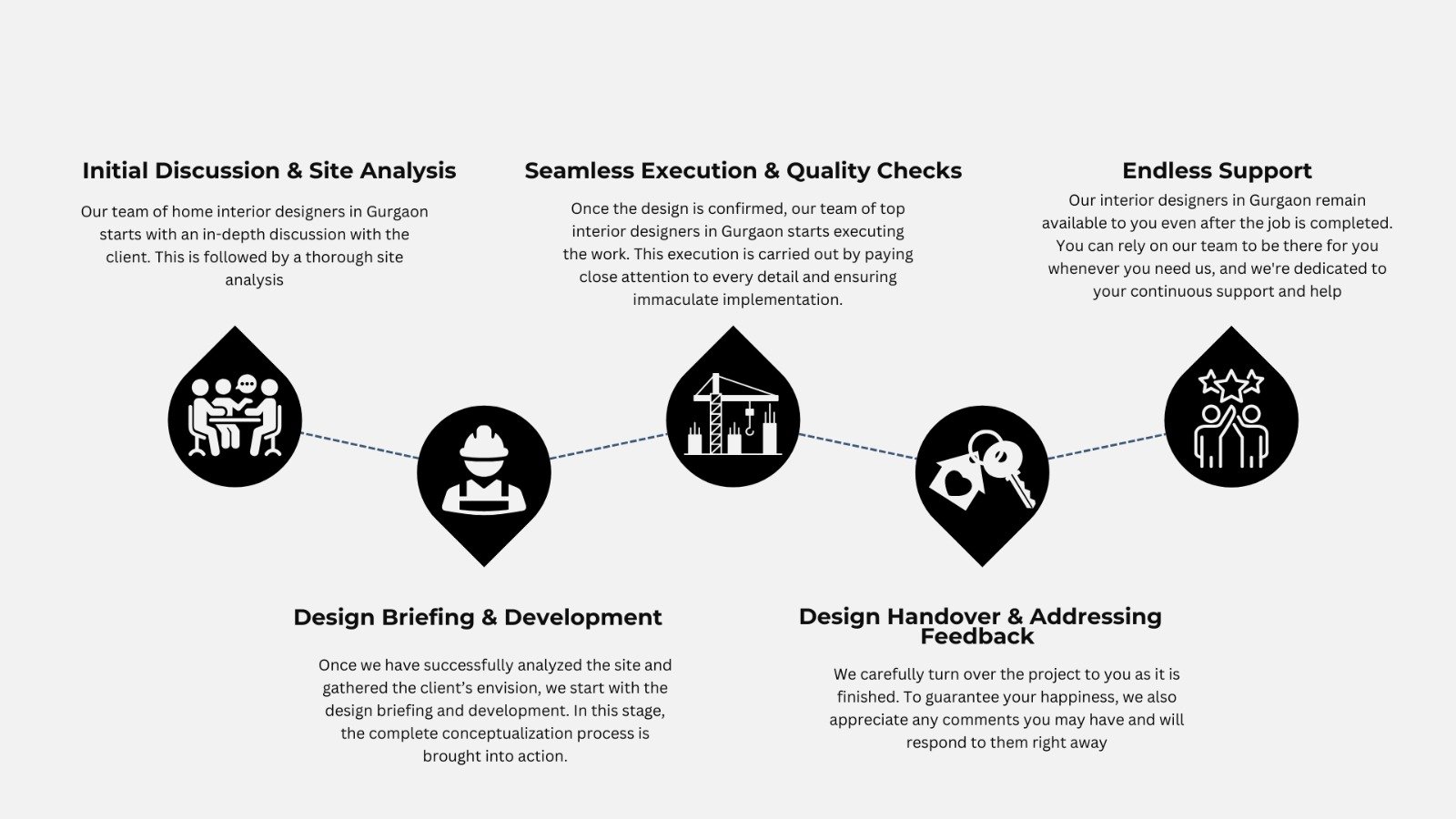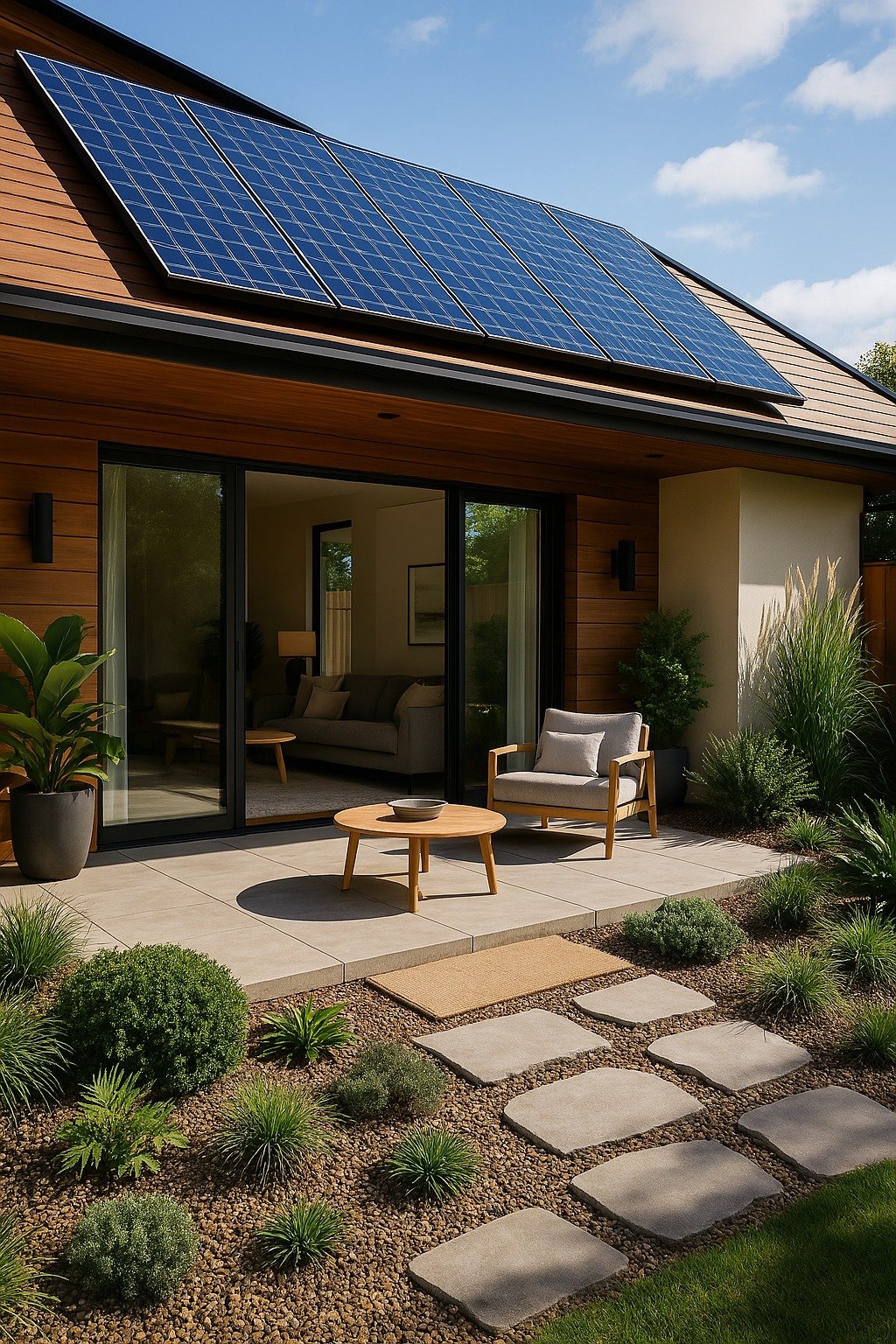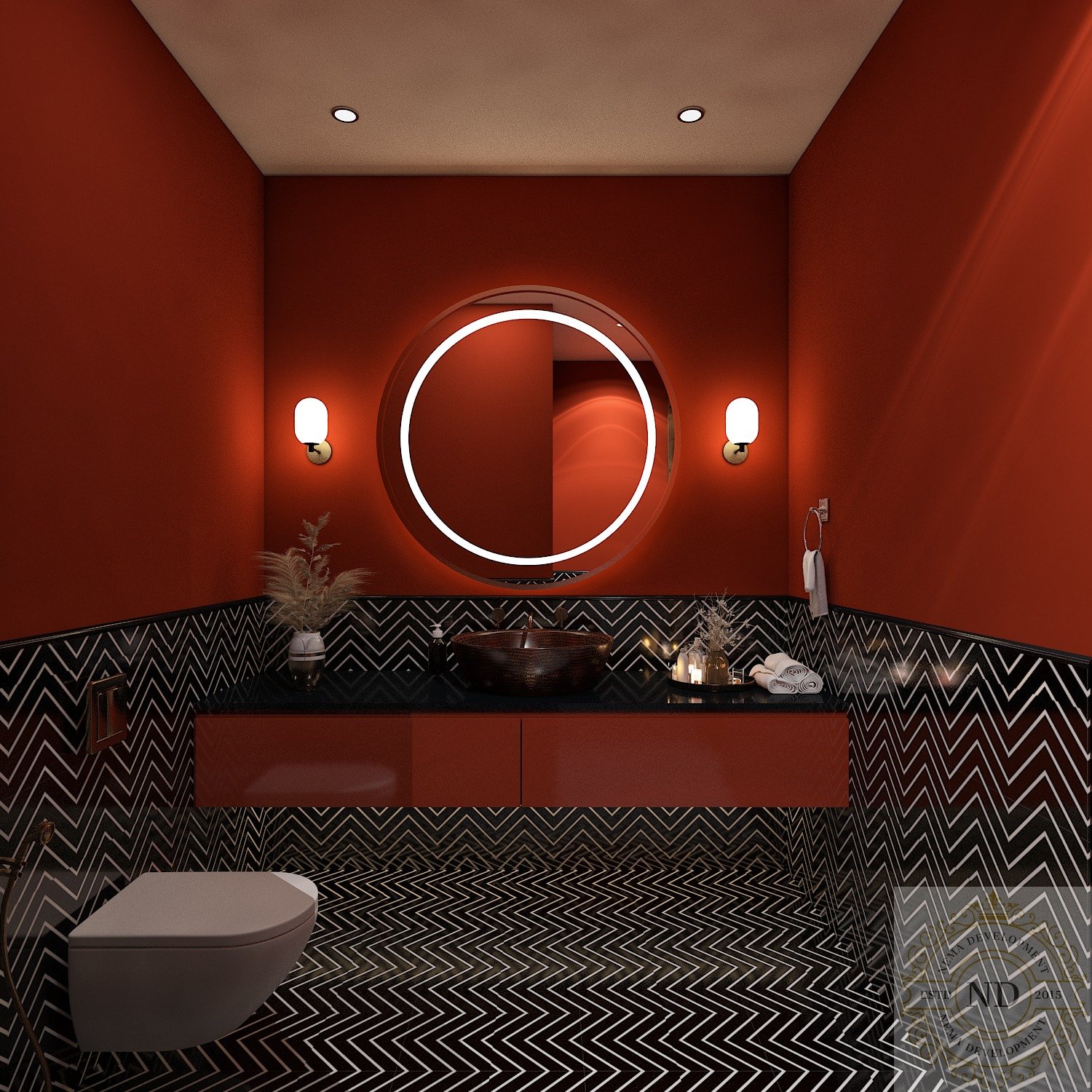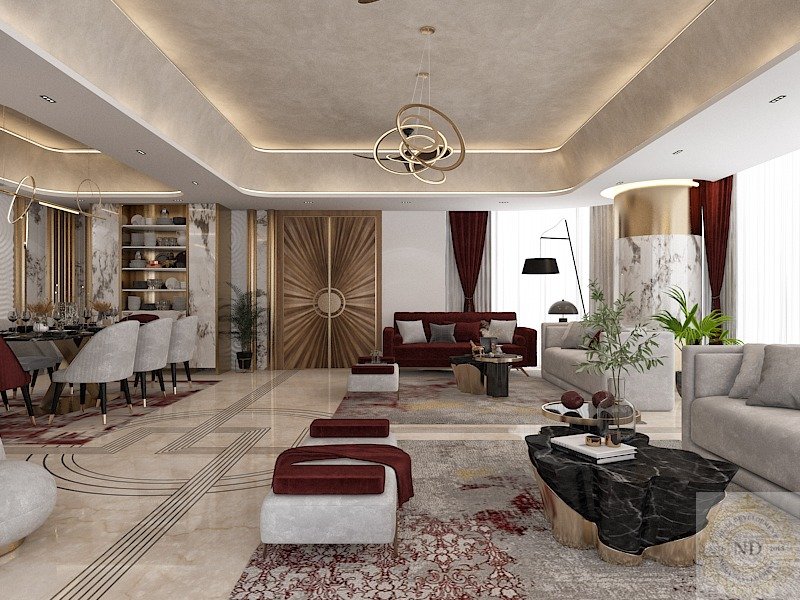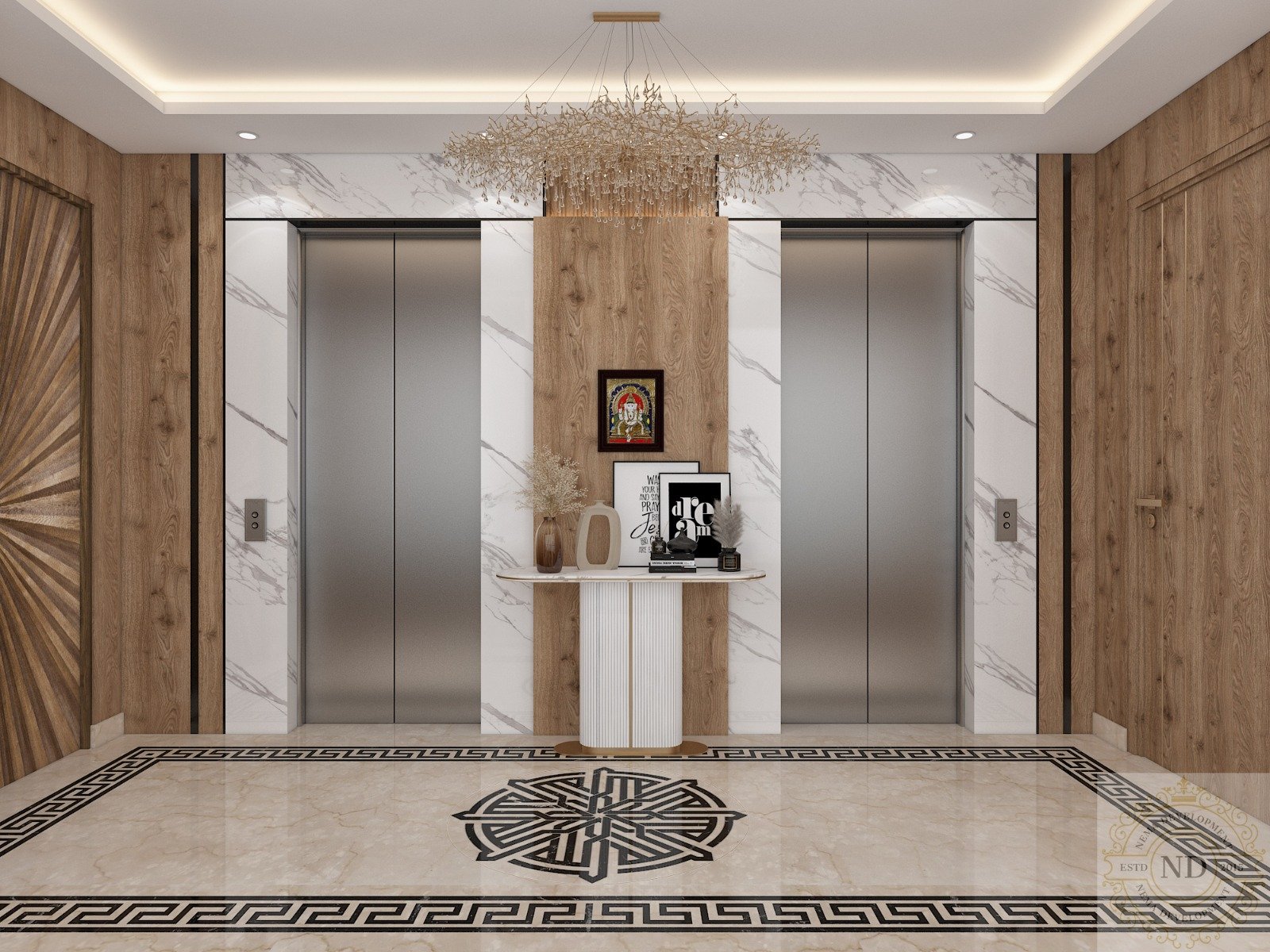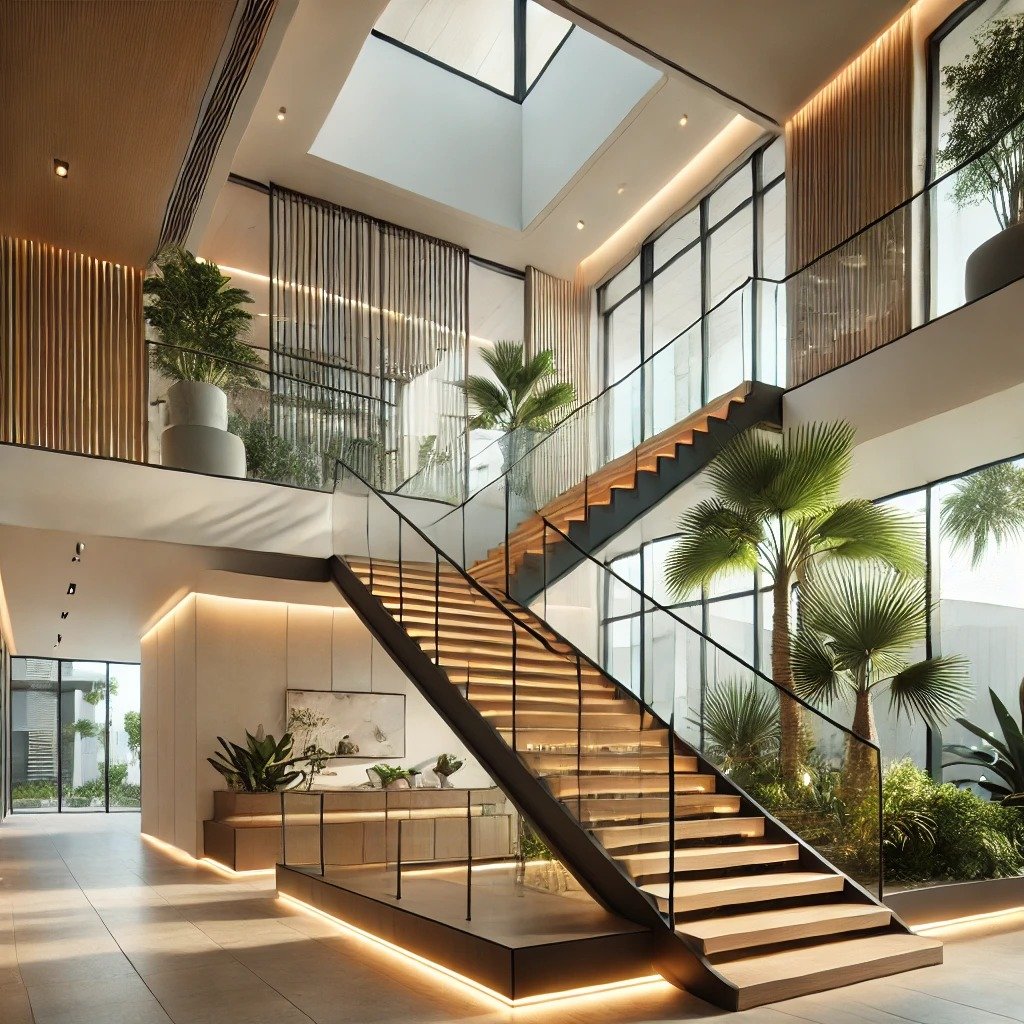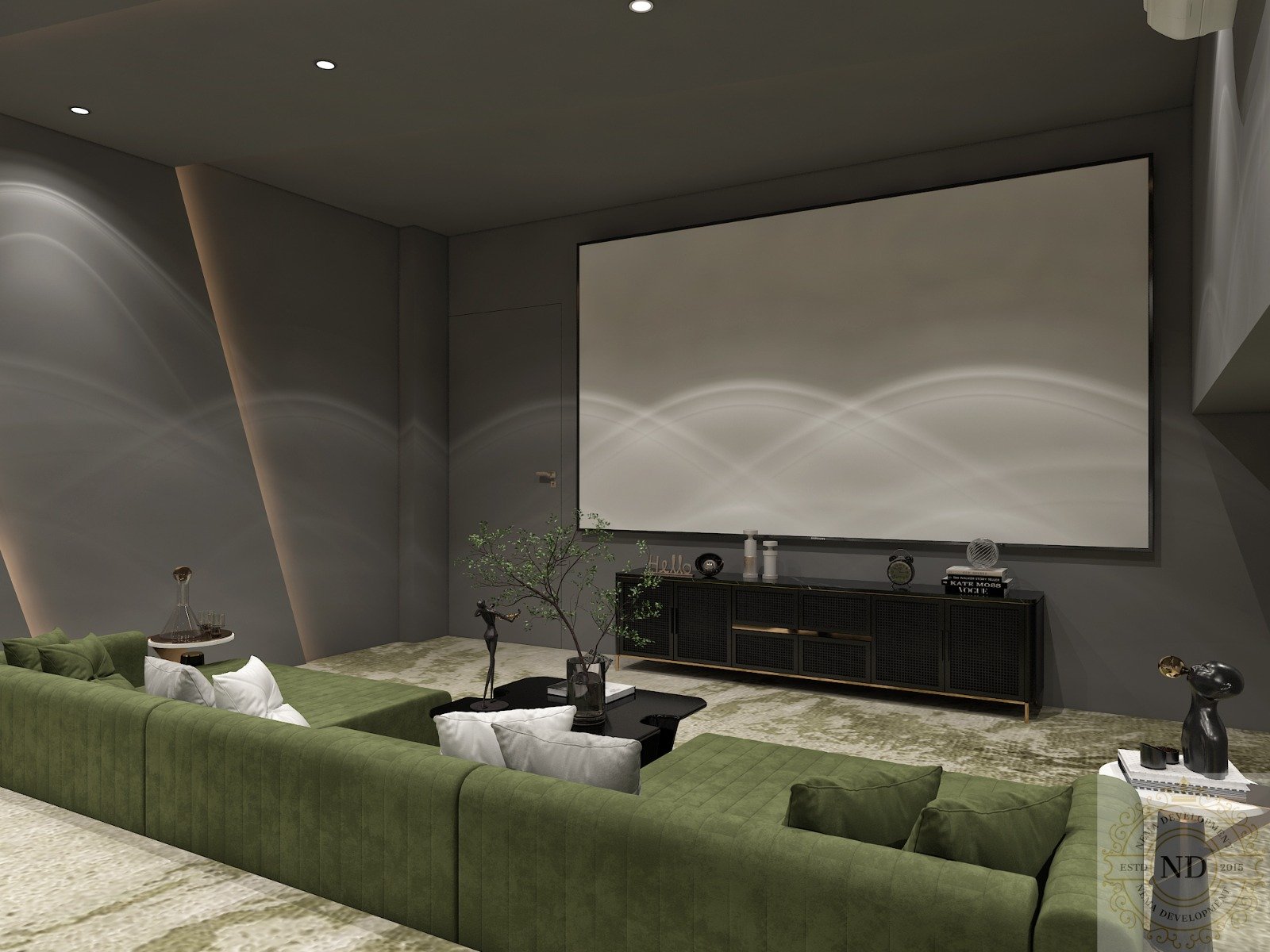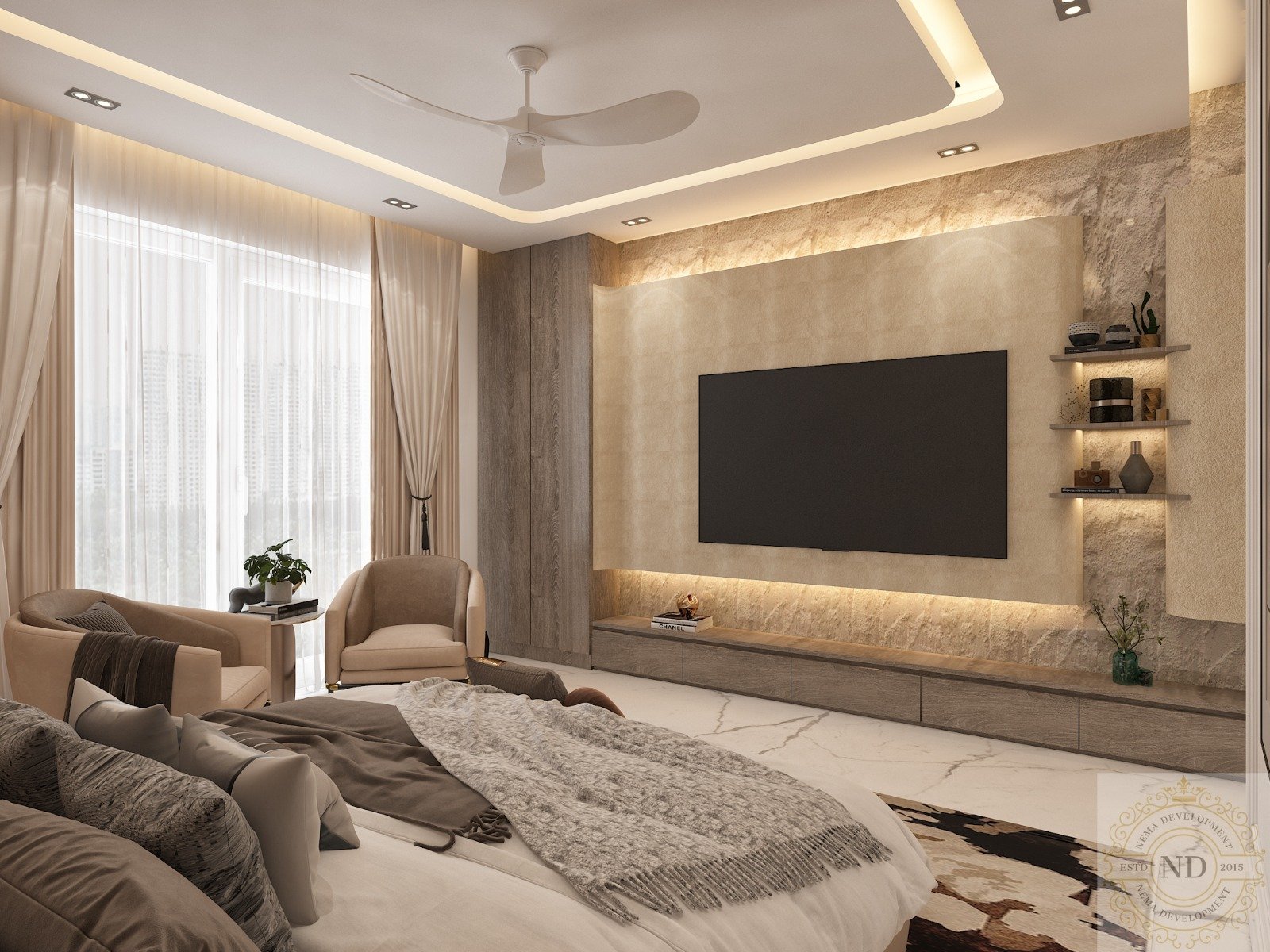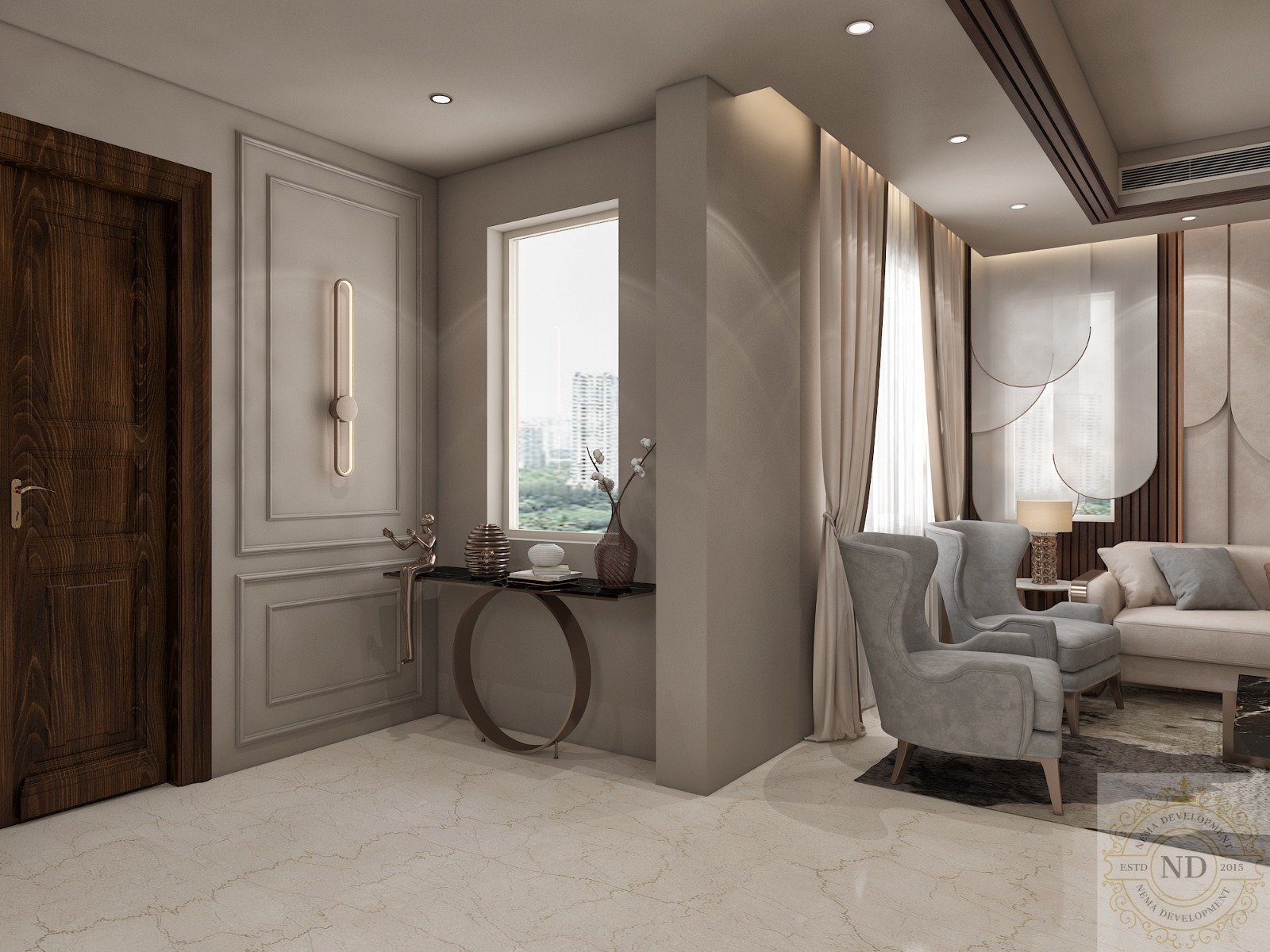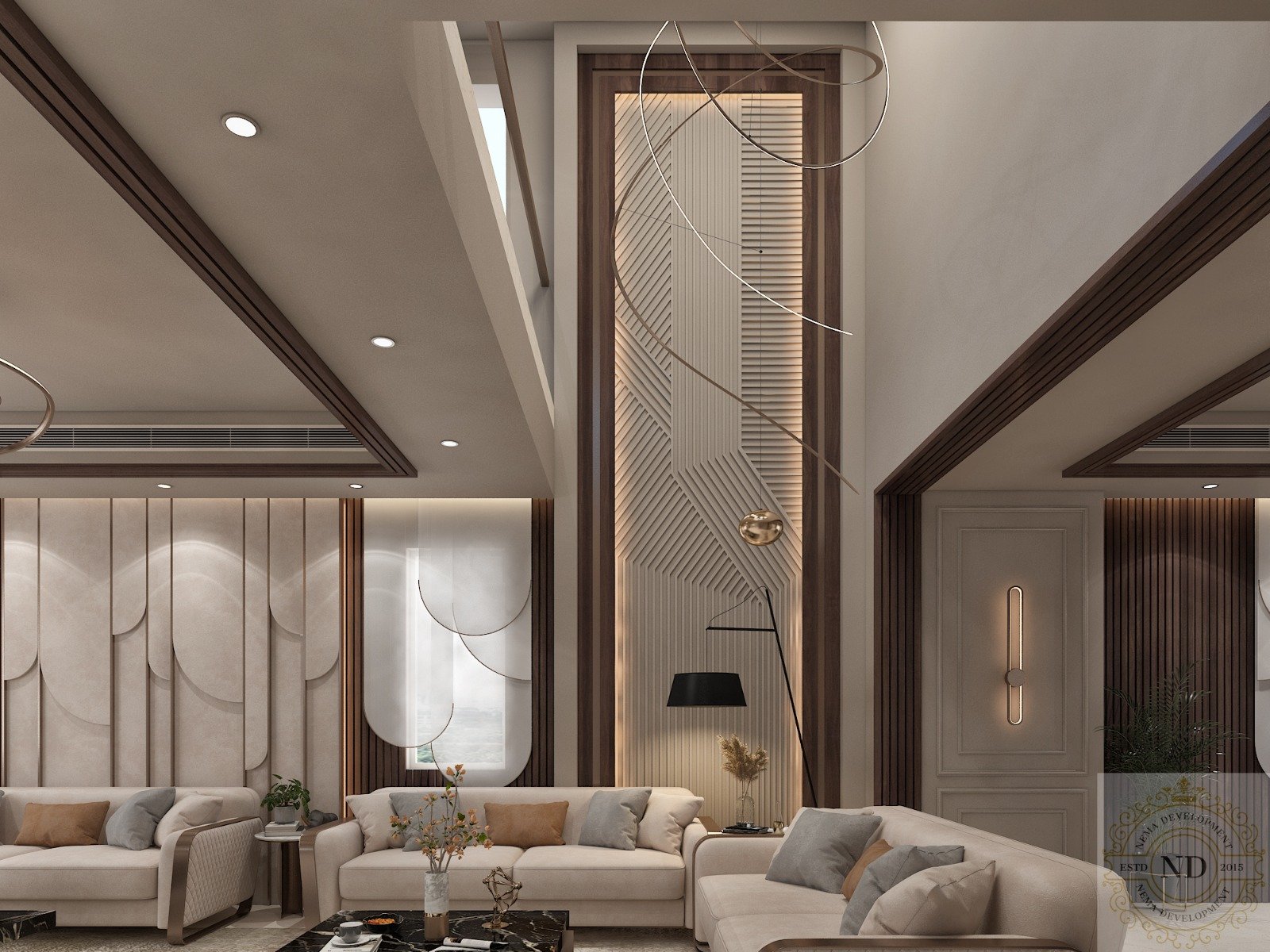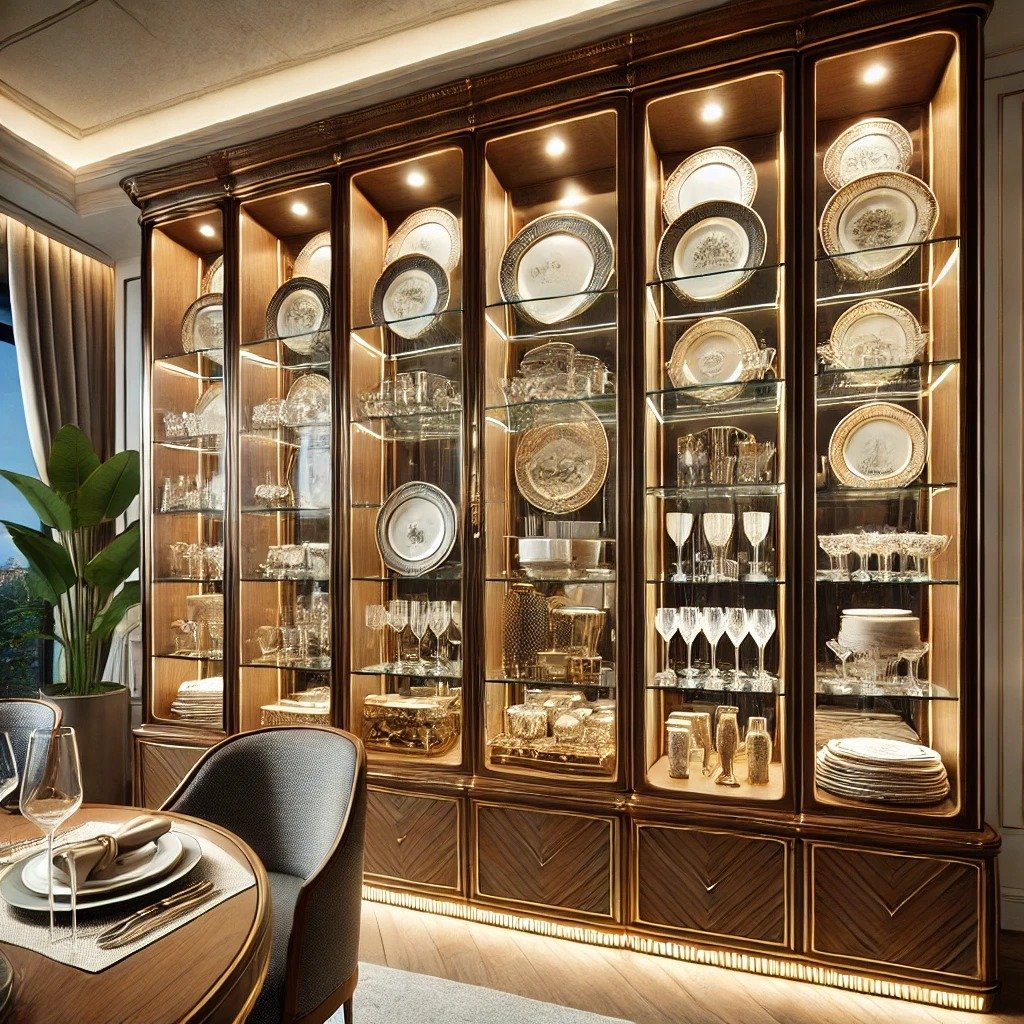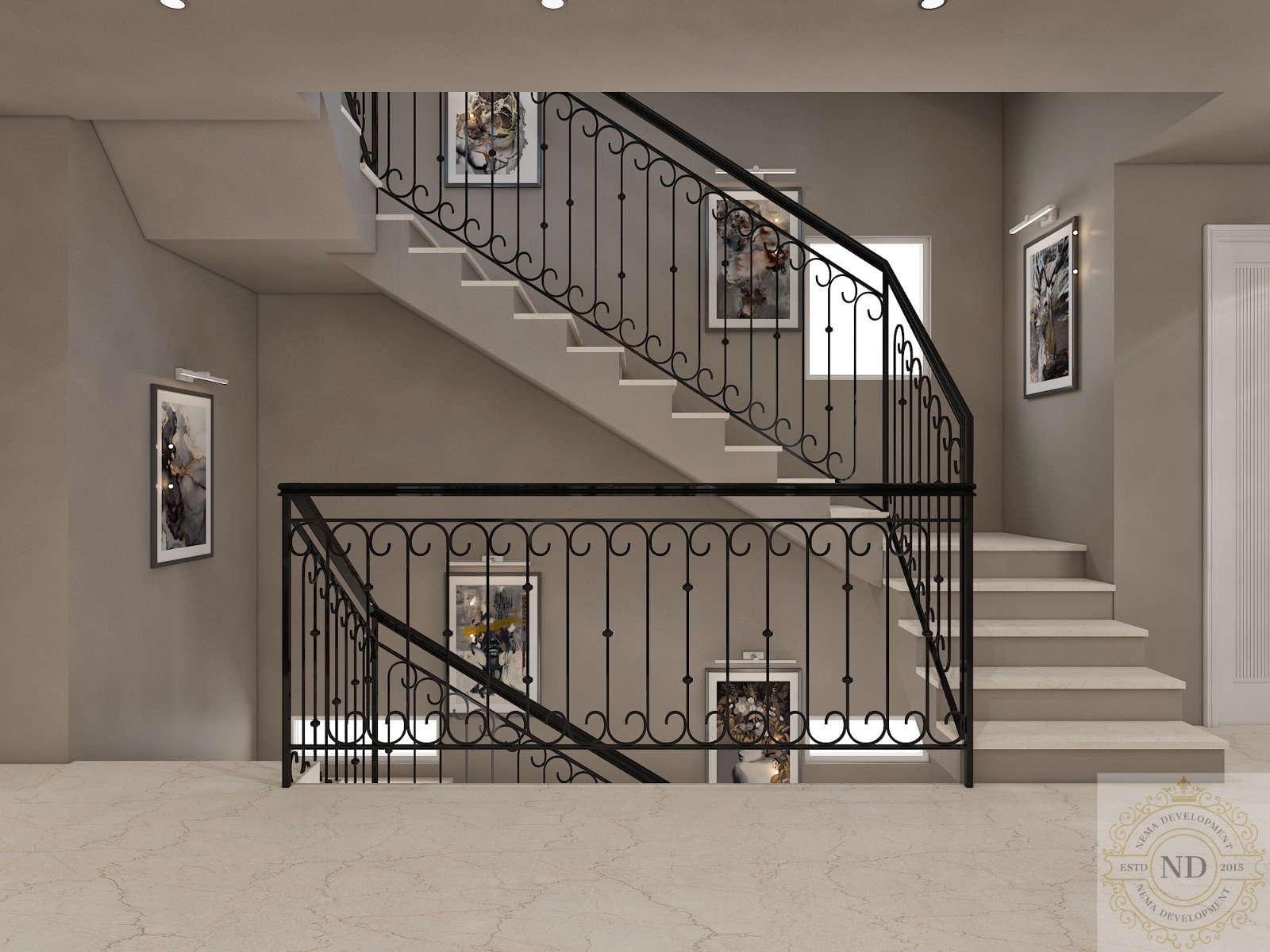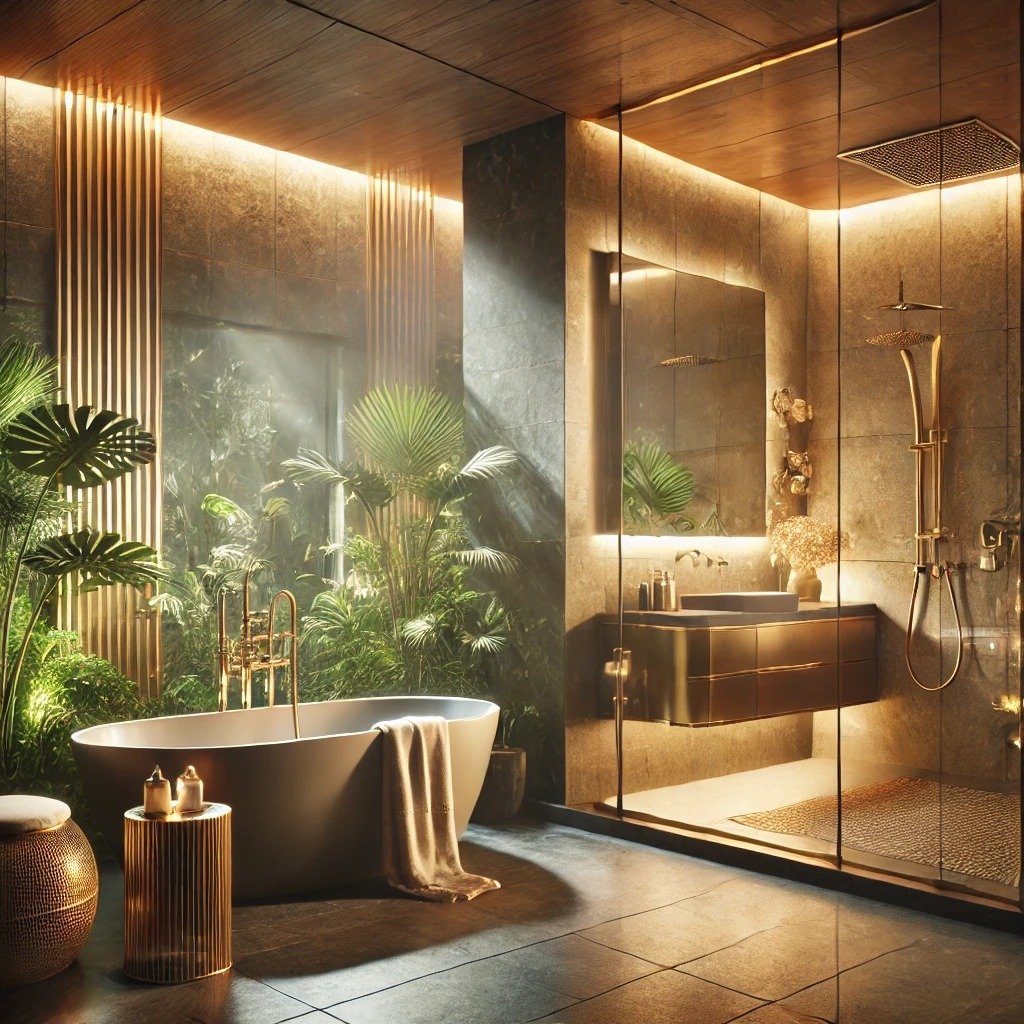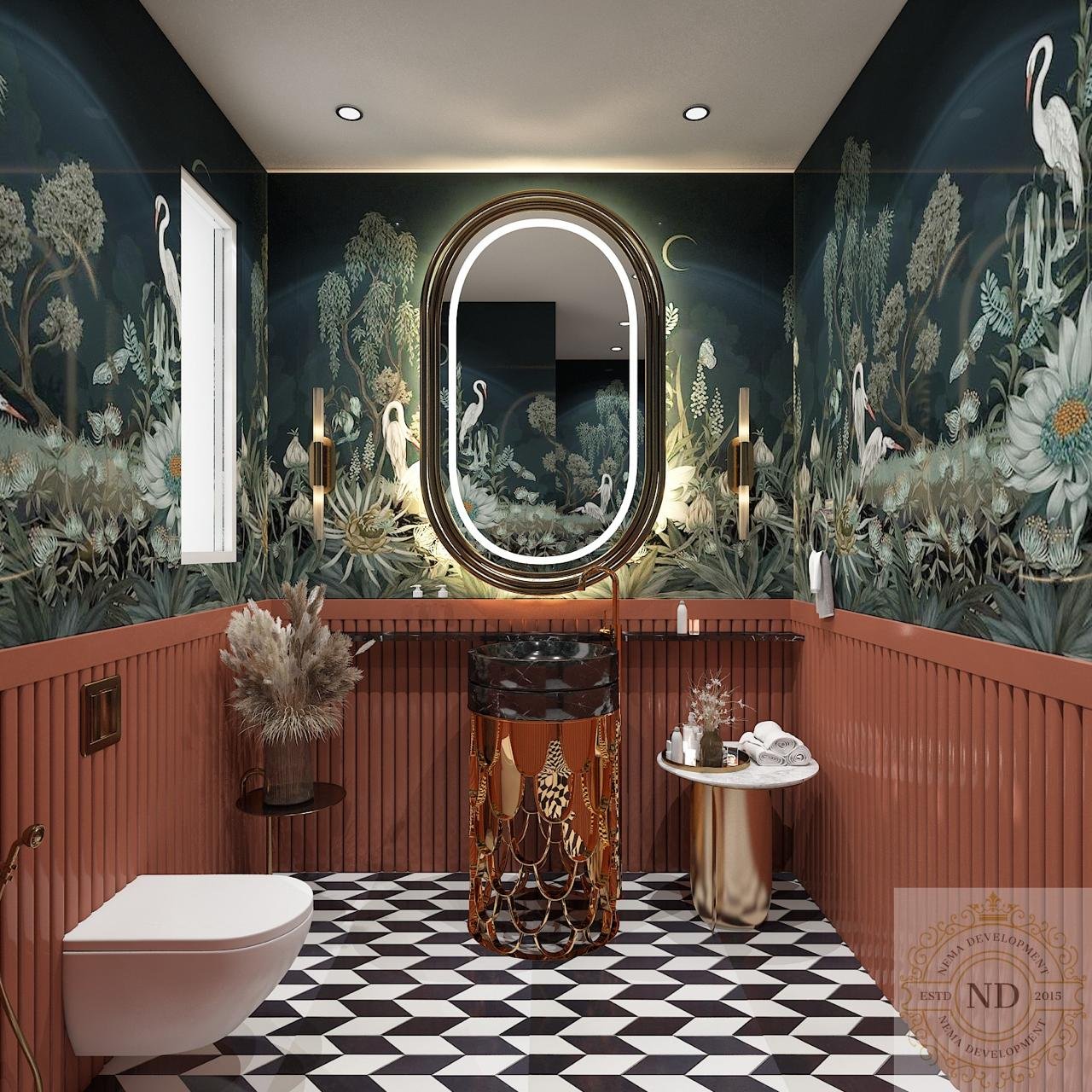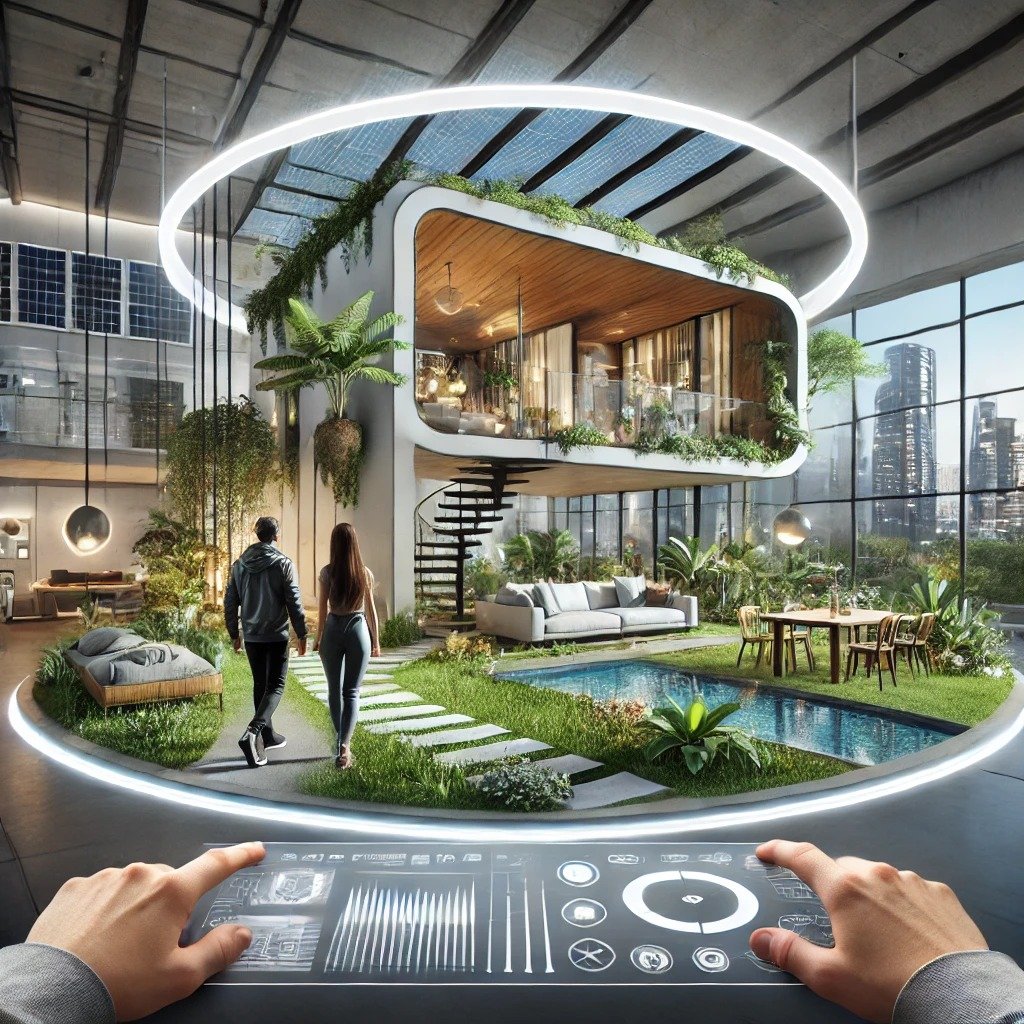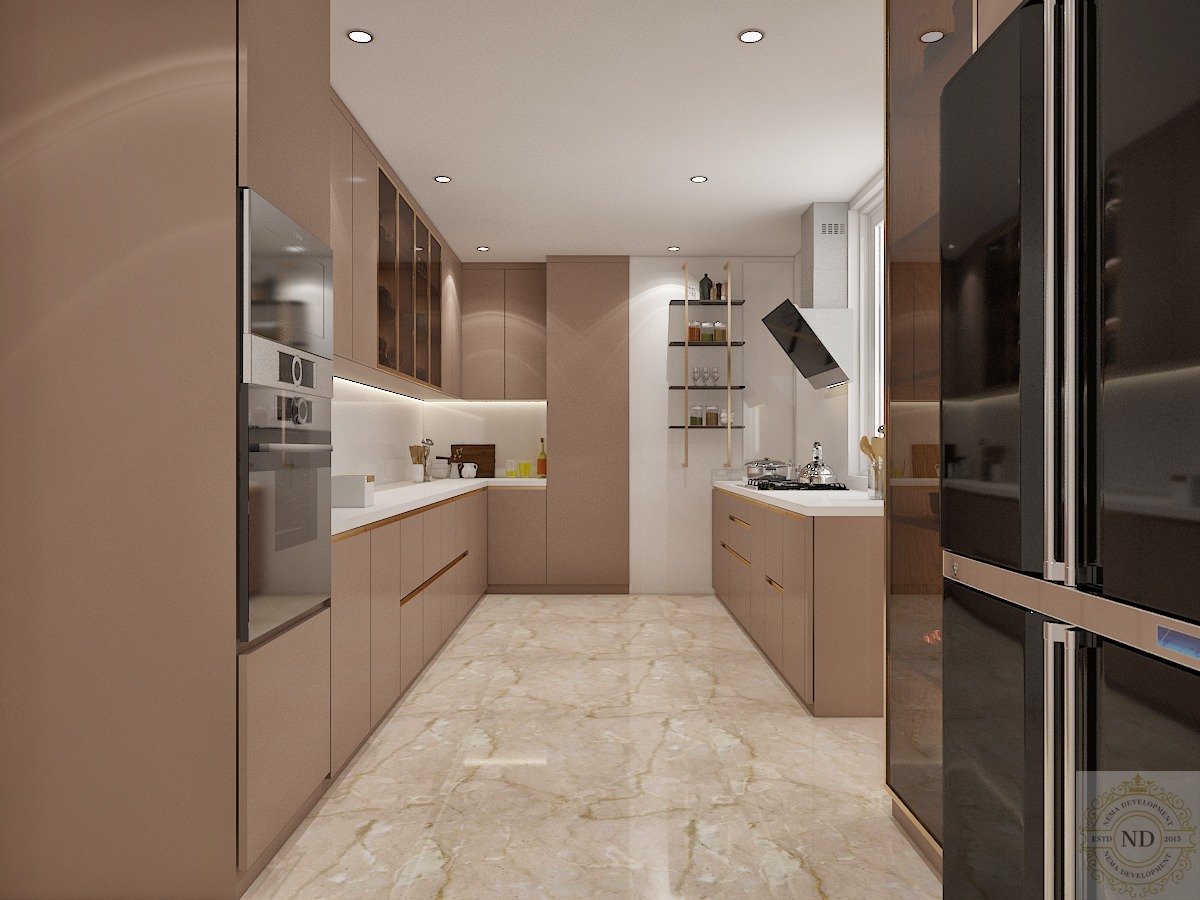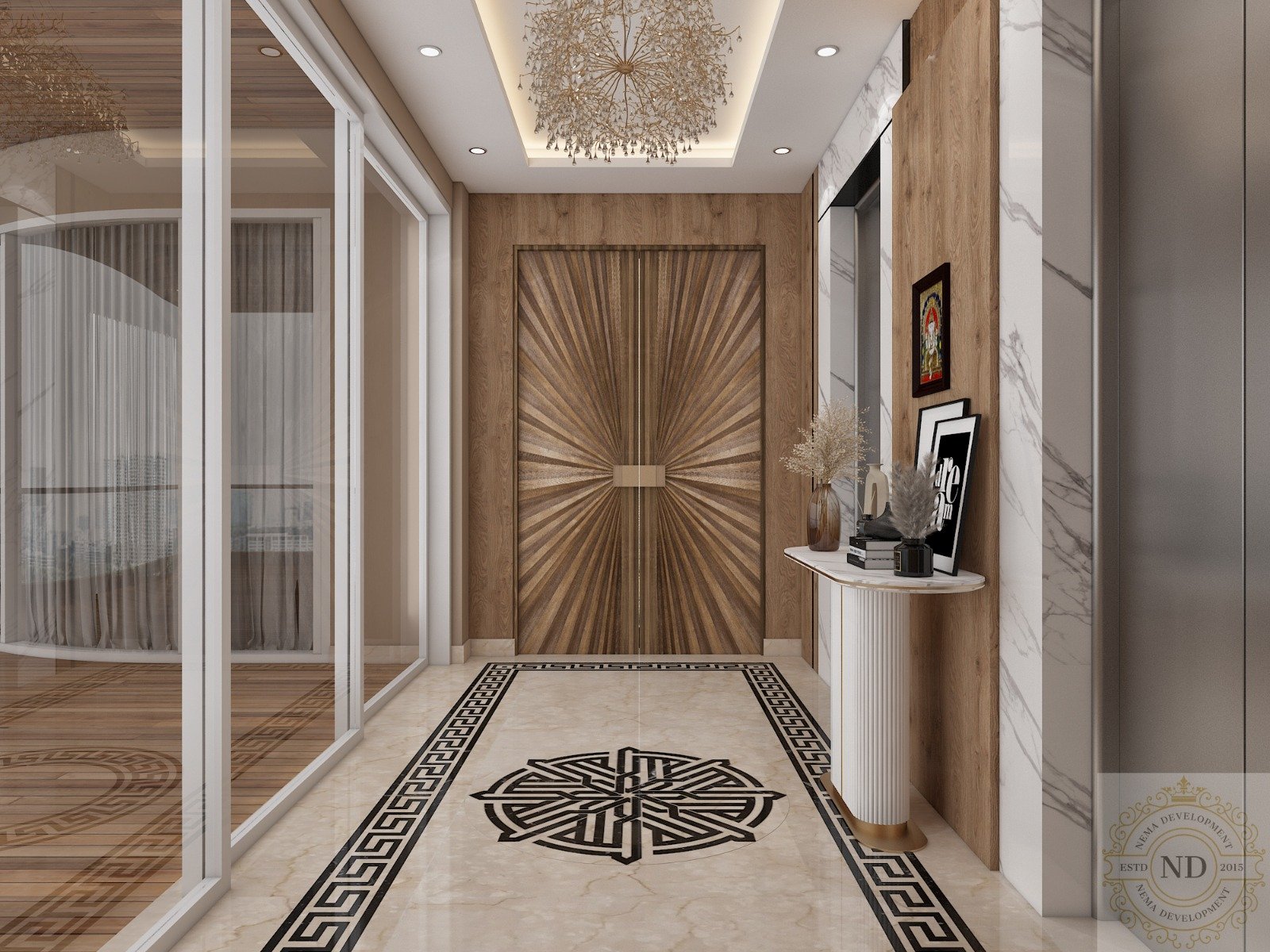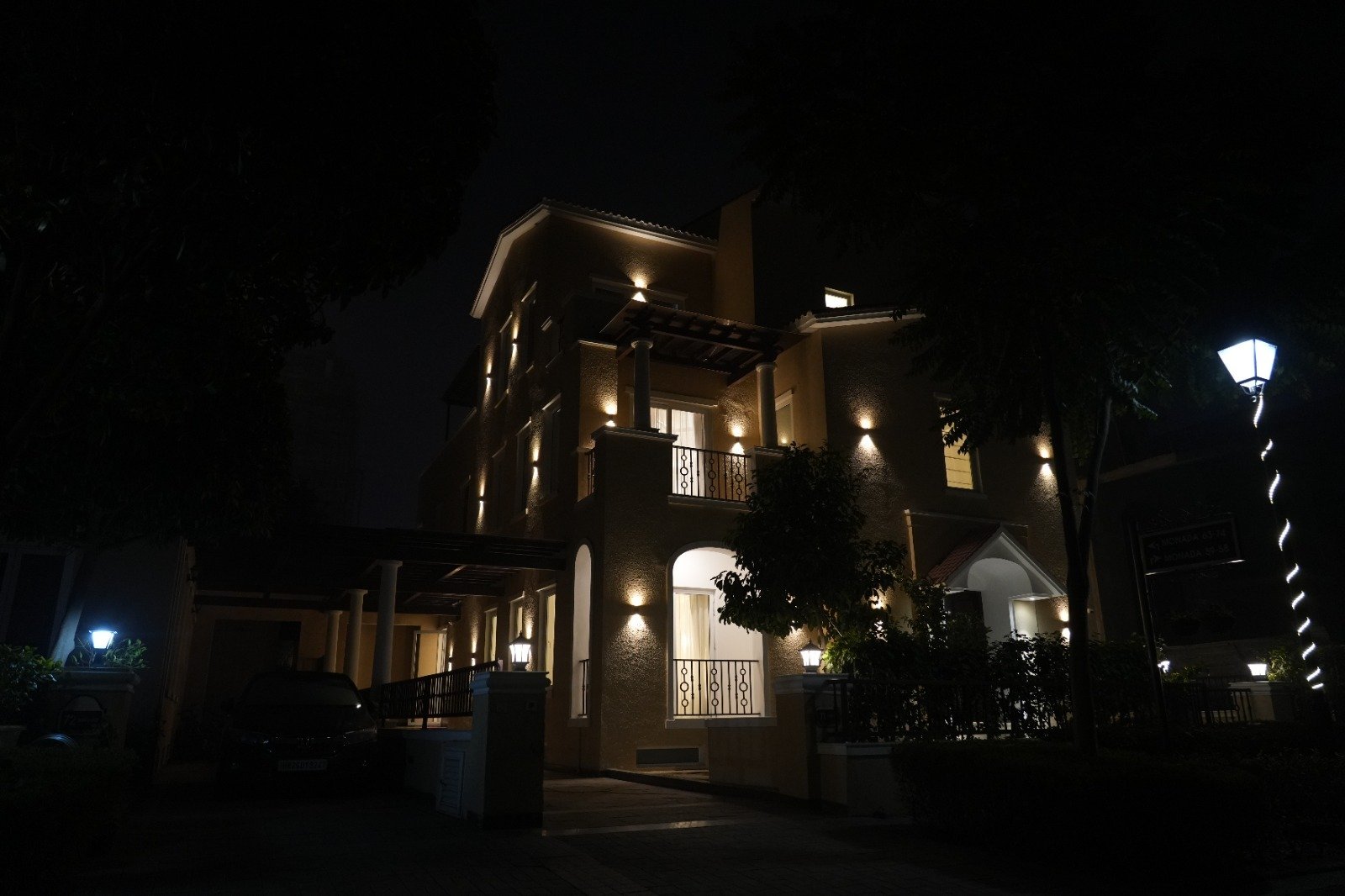The kitchen is the heart of a home, and its utility area plays a crucial role in ensuring a seamless and efficient cooking experience. With the growing emphasis on sustainability and smart technology, modern architecture has evolved to incorporate eco-friendly solutions that reduce environmental impact without compromising functionality. Companies like Nema, Nema India, and Nema Development are revolutionizing kitchen spaces by blending aesthetic appeal with sustainable practices. This blog explores how interior designing can enhance the kitchen utility area while maintaining an eco-conscious approach.
The Role of Interior Designing in Kitchen Utility Areas
Interior designing is more than just aesthetics; it’s about creating spaces that are functional, sustainable, and adaptable. The utility area of a kitchen is where most of the behind-the-scenes work happens, such as dishwashing, storage, and waste management. A well-designed utility kitchen should optimize space, improve workflow, and incorporate smart technology to make daily tasks more efficient.
Key Elements of Sustainable Kitchen Utility Design
Smart Space Utilization
Designer kitchens should maximize space with modular cabinetry, pull-out shelves, and vertical storage solutions.
Multi-purpose furniture, such as foldable countertops and hidden compartments, add to the functionality.
Eco-Friendly Materials
Using recycled or sustainable materials like bamboo, reclaimed wood, and low-VOC (Volatile Organic Compound) paints can enhance both aesthetics and sustainability.
Stone countertops and ceramic tiles made from natural elements add durability and style.
Energy-Efficient Appliances
Smart kitchens integrate energy-efficient appliances such as induction cooktops, LED lighting, and sensor-based faucets to reduce water and electricity consumption.
Nema Development focuses on advanced kitchen technologies that align with sustainable practices.
Water Conservation Strategies
A sustainable utility area includes water-efficient dishwashers, aerators for faucets, and rainwater harvesting systems.
Recycling greywater for secondary uses like gardening or cleaning further promotes sustainability.
Waste Management Systems
Installing a composting unit and segregated waste bins for recyclables, organics, and non-recyclables ensures a cleaner and greener kitchen.
Smart garbage disposals help in reducing landfill waste by breaking down food scraps efficiently.
Smart Kitchens: The Future of Sustainability
Technology has transformed the way kitchens function. Smart kitchens equipped with IoT (Internet of Things) devices allow homeowners to control appliances remotely, monitor energy usage, and maintain efficiency. Features like motion-sensor lighting, automated ventilation, and AI-powered refrigerators contribute to reducing carbon footprints while enhancing convenience.
Integration of Smart Technology in Kitchen Utility Areas
AI-Powered Refrigerators
Detects food expiration dates and suggests recipes to minimize food waste.
Smart cooling technology maintains optimal temperature and reduces energy consumption.
Touchless Faucets & Water Filters
Sensor-based taps prevent water wastage.
Advanced filtration systems ensure clean drinking water without relying on plastic bottled water.
Automated Lighting & Climate Control
Motion-sensor LED lights enhance energy efficiency.
Smart thermostats adjust temperature based on occupancy, reducing electricity usage.
Voice-Controlled Assistants
Virtual assistants like Alexa and Google Home help manage kitchen tasks, such as setting timers or controlling appliances.
Sustainable Kitchen Utility Areas: A Step Towards Green Living
Incorporating sustainable elements in kitchen utility areas not only benefits the environment but also enhances the quality of life. Nema India has been at the forefront of designing eco-friendly kitchen solutions that align with modern architectural trends.
How to Create a Sustainable Kitchen Utility Area
Use Renewable Energy
Installing solar panels for kitchen energy needs.
Using energy-efficient stoves and induction cooktops to reduce fuel consumption.
Opt for Minimalistic Design
Less clutter means less waste. Investing in timeless, high-quality materials reduces the need for frequent renovations.
A sleek, modern architectural approach ensures that designs remain relevant for years.
Choose Sustainable Flooring & Countertops
Cork, bamboo, and recycled glass offer durable and eco-friendly flooring options.
Non-toxic sealants and natural stone enhance the longevity of countertops.
Smart Storage Solutions
Use transparent containers and labeled bins for an organized pantry.
Avoid single-use plastics by opting for glass, metal, or biodegradable storage solutions.
The Role of Nema and Nema Development in Smart Kitchen Design
Nema Development specializes in creating smart and designer kitchens that cater to both sustainability and aesthetics. By integrating cutting-edge technology with eco-conscious materials, Nema India has successfully developed a range of solutions that redefine kitchen spaces.
Why Choose Nema for Your Sustainable Kitchen?
Expertise in modern interior designing and architecture.
Focus on green solutions, including energy-efficient appliances and eco-friendly materials.
Innovative storage and utility designs that maximize space and functionality.
Customization options tailored to individual lifestyle needs.
Conclusion
The future of kitchen design lies in the perfect balance between technology, sustainability, and functionality. Investing in a smart kitchen with sustainable elements not only reduces environmental impact but also enhances efficiency and aesthetics. Companies like Nema, Nema India, and Nema Development are leading the way in creating designer kitchens that align with modern architectural trends while embracing eco-friendly practices.
By adopting smart storage solutions, energy-efficient appliances, and sustainable materials, homeowners can transform their kitchen utility areas into environmentally responsible spaces that cater to both style and efficiency. The shift towards green kitchens is not just a trend—it’s a necessity for a better future!





